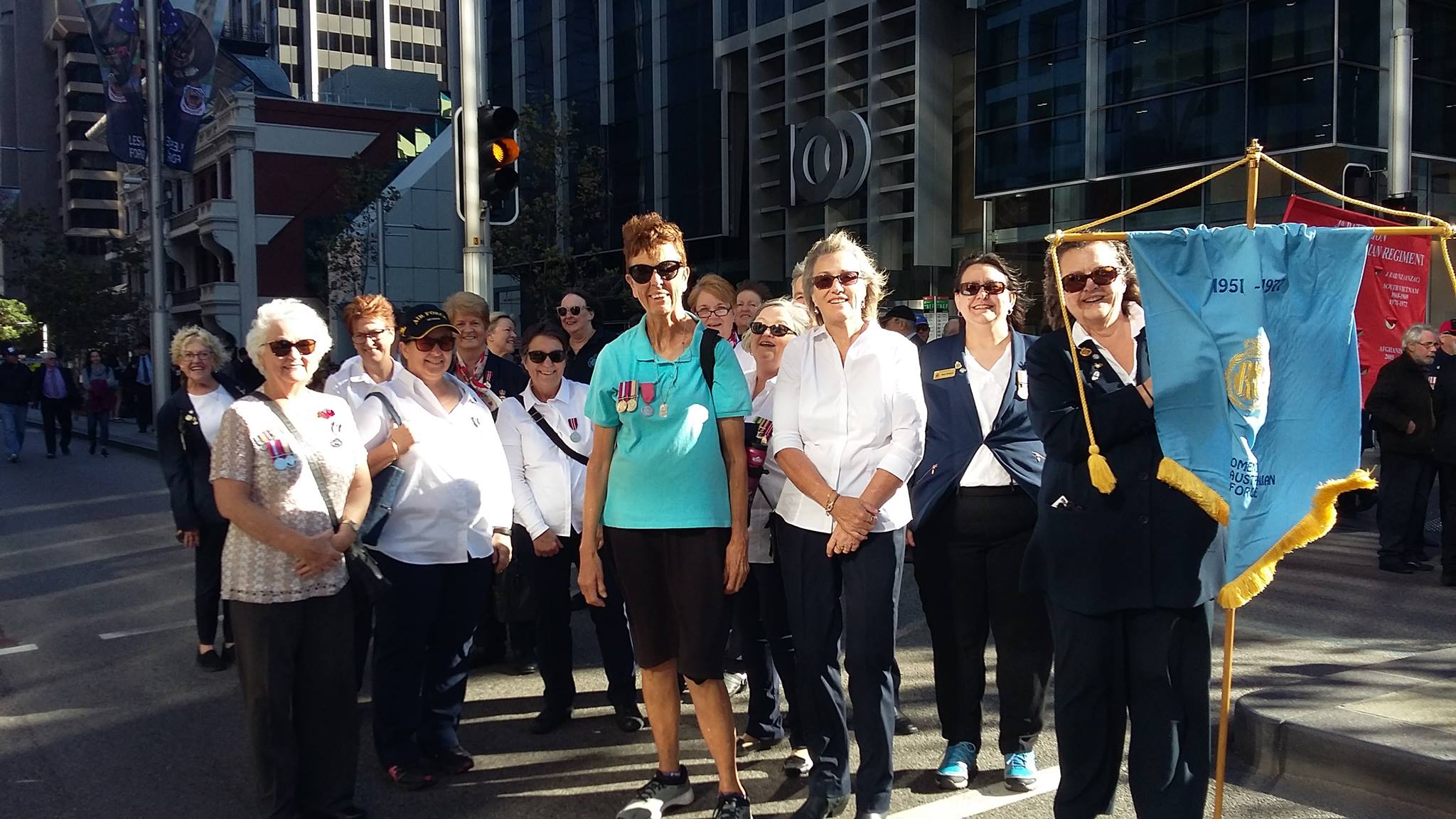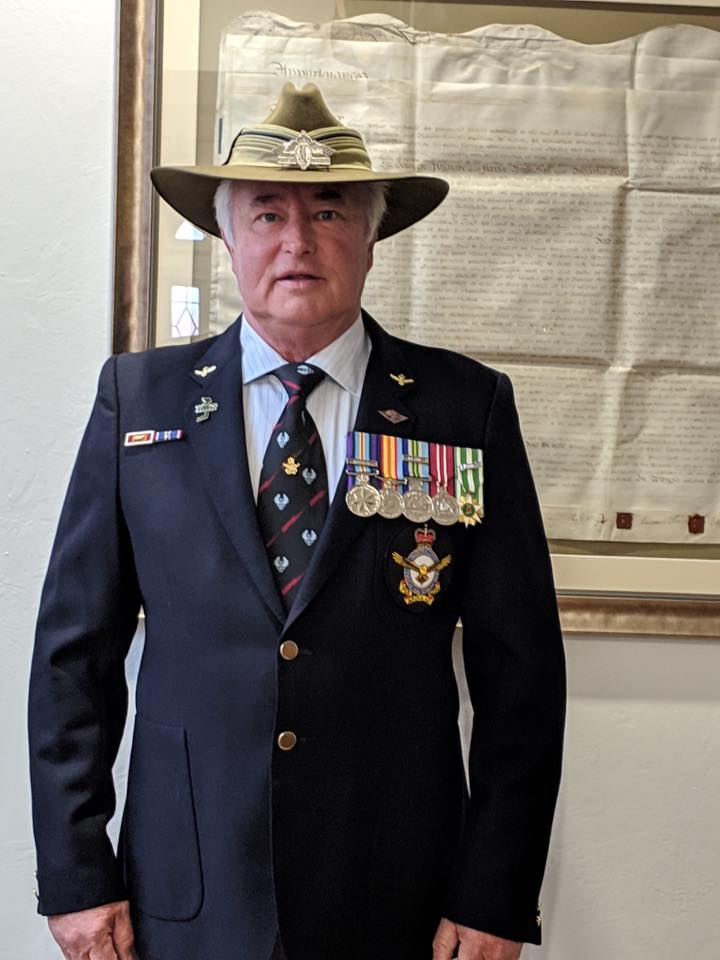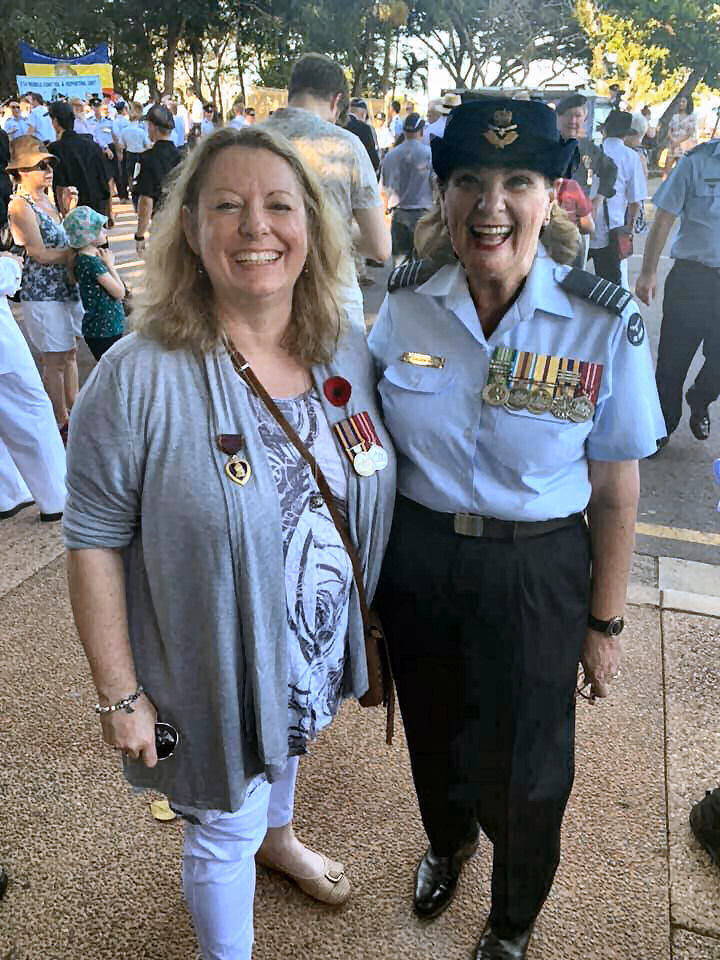|
|
||||||
|
||||||
|
Privacy Policy | Editorial Policy | Profit Policy | Join the Association | List of Members | Contact us | Index | Links |
||||||
|
Back Go to page: 1 2 3 4 5 6 7 8 9 10 11 12 13 14 15 16 17 18 19 20 Forward
|
||||||
|
|
||||||
|
|
||||||
|
The photos on this page have been crunched to allow the page to open quicker. You can click some of these pics to get the HD version which you can download. |
||||||
|
ANZAC Day – 2019
Anzac Day, the 25th April, marks the anniversary of the first campaign that led to major casualties for Australian and New Zealand forces during the First World War. The acronym ANZAC stands for Australian and New Zealand Army Corps, whose soldiers were known as Anzacs. The day remains one of the most important national occasions of both Australia and New Zealand
Origins of the acronym ANZAC
There are several
suggestions as to where the word ANZAC originated, the favourite is
attributed to General Sir William R. Birdwood. He said: “One
day early in 1915 Major C.M. Wagstaff, then junior member of the
“operations” section of my staff, walked into the General Staff office
and
When Wagstaff mentioned the need of a code word, one of the clerks suggested: “How about ANZAC?” Major Wagstaff proposed the word to me and “Anzac” thereupon became the code name of the Australian and New Zealand Army Corps. It was, however, some time before the code word came into general use, and at the Landing many men in the divisions had not yet heard of it.
Later on, when we had effected our landing at Gallipoli in April, I was asked by General headquarters to suggest a name for the beach where we had made good our first precarious footing, I suggested that this might be recorded as “Anzac Cove”—a name which the bravery of our men has now made historical, while it remains a geographical landmark for all time.”
Gallipoli campaign, 1915
In 1915, Australian and New Zealand soldiers formed part of an Allied expedition that set out to capture the Gallipoli Peninsula to open the way to the Black Sea for the Allied navies. The objective was to capture Constantinople, the capital of the Ottoman Empire, which was an ally of Germany during the war. The ANZAC force landed at Gallipoli on the 25th April, meeting fierce resistance from the Ottoman Army commanded by Mustafa Kemal (later known as Atatürk). What had been planned as a bold strike to knock the Ottomans out of the war quickly became a stalemate, and the campaign dragged on for eight months. At the end of 1915, the Allied forces were evacuated after both sides had suffered heavy casualties and endured great hardships. The Allied deaths totalled over 56,000, including 8,709 from Australia and 2,721 from New Zealand. News of the landing at Gallipoli made a profound impact on Australians and New Zealanders at home and the 25th April quickly became the day on which they remembered the sacrifice of those who had died in the war.
|
||||||
|
|
||||||
|
Though the Gallipoli campaign failed to achieve its military objectives of capturing Constantinople and knocking the Ottoman Empire out of the war, the actions of the Australian and New Zealand troops during the campaign bequeathed an intangible but powerful legacy. The creation of what became known as an "Anzac legend" became an important part of the national identity in both countries. This has shaped the way their citizens have viewed both their past and their understanding of the present. The heroism of the soldiers in the failed Gallipoli campaign made their sacrifices iconic in New Zealand memory, and is often credited with securing the psychological independence of the nation.
Australians recognise 25 April as a day of national remembrance, which takes two forms. Commemorative services are held across the nation at dawn – the time of the original landing, while later in the day, former servicemen and servicewomen meet to take part in marches through the country’s major cities and in many smaller centres. Commemorative ceremonies are more formal and are held at war memorials around the country. In these ways, Anzac Day is a time at which Australians reflect on the many different meanings of war.
Popularity of the Day
By the 1950s many New Zealanders had become antagonistic or indifferent towards the day. Much of this was linked to the legal ban on commerce on Anzac Day and the banning by many local authorities of sports events and other entertainment on the day. Annoyance was particularly pronounced in 1953 and 1959, when Anzac Day fell on a Saturday. There was widespread public debate on the issue, with some people calling for the public holiday to be moved to the nearest Sunday or abolished altogether. In 1966 a new Anzac Day Act was passed, allowing sport and entertainment in the afternoon.
During and after Australia's involvement in the Vietnam War (1962–1975), interest in Anzac Day reached its lowest point in Australia. Anti-war protesters used Anzac Day events as a platform to voice opposition to conscription and Australia's military involvement in general; in the following 20 years, the relevance of Australia's war connection with the British Empire was brought into question.
However, since the late 1980s and especially the 1990s, interest in and
attendance at Anzac Day ceremonies has grown. On 25 April 1990, Bob
Hawke became the first Australian politician to visit Gallipoli, and he
also decided that government would pay to take Anzac veterans to
Gallipoli for the 75th anniversary of the dawn landing. This is seen by
historians as a major milestone in the recovery of Anzac Day. John
Howard (PM 1996–2007) was also a huge proponent of Anzac Day
commemorations and visited Gallipoli on 25 April in both 2000 and 2005.
An increasing number of
One of the traditions of Anzac Day is the "gunfire breakfast" (coffee
with rum added) which occurs shortly after many dawn ceremonies and
recalls the "breakfast" taken by many soldiers before facing battle.
Later in the day, ex-servicemen and ex-servicewomen meet and join in
marches through the major cities and many smaller centres. In 2018,
female veterans were encouraged to march at the front of their sections.
The "By The Left" initiative was launched following a number of reported
cases where servicewomen had been challenged that they were wearing
their medals on the wrong side, as people should wear their own medals
Brisbane 2019
As was the case right throughout Australia, there were many ceremonies held in Queensland to mark and commemorate the day, the largest of which was held in Brisbane. After people attended the various Dawn Services, a lot caught buses, trains, taxis, or drove in themselves and congregated along both sides of Brisbane’s main streets, ready for the march which was programmed to start at 9.30am and finish at 12.30pm. Many thousands of people of all ages, some of whom had arrived hours earlier bringing along folding chairs, rugs, thermoses of coffee and sandwiches, settled in ready for the parade. For the full three hours they stayed put, waving flags, displayed “Thank you” signs, and cheered and clapped those that marched.
Those who had served in Vietnam and remember the animosity dealt out by a very vocal minority on their return, wonder at and are thankful for the huge change in attitude that has taken place over the years. Perhaps, if times had been different back then, there would not be as many lost Vietnam Vets as there are today. Perhaps!
Army, Navy and Air Force personnel, both serving and ex, began forming up from about 9.00am. This year the Navy led the way, followed by the Army with the Air Force bringing up the rear. Various accompanying bands formed up in Queens Gardens and commenced tuning their instruments to the amusement of hundreds of interested people.
There were bag-pipes, drums of all sorts, cymbals, trumpets, horns, bugles – all contributing to the mix.
Click the pic below to see and hear them.
|
||||||
|
Over the years the parade has grown like Topsy and now lasts for nearly 3 hours. This is ok for fit young people but for many older people, many aged north of 70, standing around, in most years in 30 degree heat, is far too strenuous and possibly far too dangerous. In nearly all cases there is nowhere to sit and definitely no shade. The organisers have thoughtfully organised the distribution of bottled water but that does not alter the fact that the elderly should not be expected to endure hours of standing in the streets in hot sunlight for an hour or so. Unfortunately, there is not a lot that can be done about it, there are just so many associations that need to be paraded but the organisers do change the order every year with each Service taking turns to lead the Parade.
The Parade is now a mix of former service personnel and also current personnel and we feel an easy fix would be to have all the elderly march first followed by the current, young and fit persons. The Army and the Air Force had many current members in the parade, perhaps they could follow the elderly, that and close up some of the gaps, at times there were very large gaps between groups.
That has been suggested – it will be interesting to see if anyone listens.
|
||||||
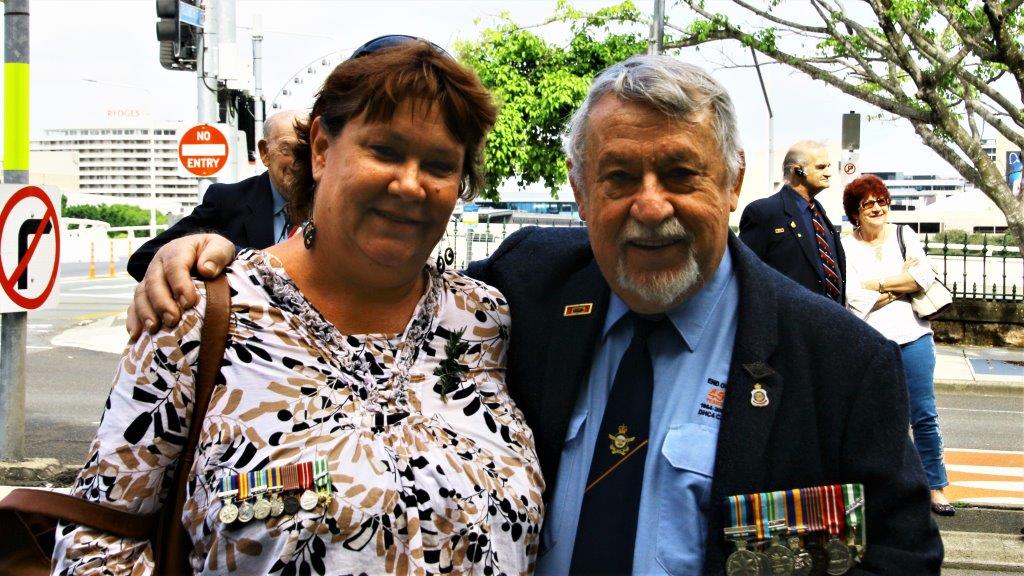 |
||||||
|
Ted McEvoy with daughter Bree at the form-up |
||||||
|
The WRAAF Association (Qld) – lining up behind Janet Noack and the new banner.
|
||||||
|
|
||||||
|
ADG
|
||||||
|
3 Sqn Association people, standing – waiting. |
||||||
|
9 Sqn Association.
|
||||||
|
RTFV-35Sqn Association.
|
||||||
|
Then finally, at about 11.40am, the Air Force Associations moved off, all with stiff legs from the prolonged standing.
|
||||||
|
Some people who wanted to take part in the parade but whose legs refused to tolerate the distance were ferried the route in WW2 vintage jeeps. |
||||||
|
|
||||||
|
John Donohue.
|
||||||
|
|
||||||
|
|
||||||
|
Tom Mills
|
||||||
|
|
||||||
|
|
||||||
|
||||||
|
Once again, the ABC did a wonderful job of televising the Parade – you can see an edited version below. (Check the gaps between groups) |
||||||
|
After the march, 3 Sqn, 9Sqn and RTFV-35 Sqn Associations and a great bunch of serving blokes and blokettes from Amberley, with a few others, headed for the Jade Buddha Restaurant/Bar for their annual get together.
Once again, the Brisbane Vietnamese Community tossed in, all at their own expense, and helped make the day so enjoyable. Some of the lovely girls met people at the front door at the Jade Buddha and presented everyone with a leigh of flowers. Here Thien Khuong lays a leigh on one of the blokes as he enters the Jade Buddha.
|
||||||
|
|
||||||
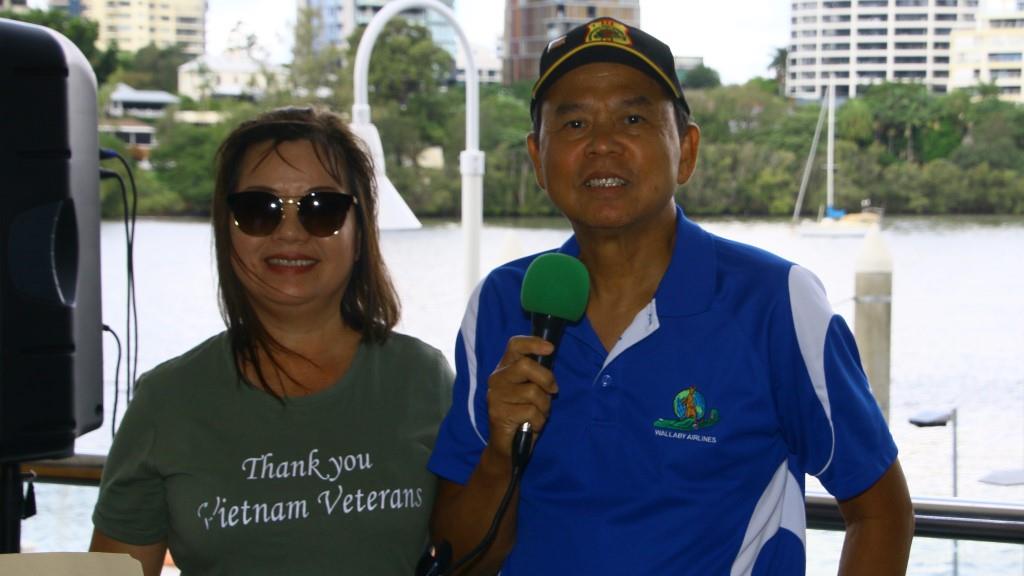 |
||||||
|
The Vietnamese people were co-ordinated by Diamond and Thai Dang – who have given of their time and expertise for some years now – we thank them very much. |
||||||
|
|
||||||
|
Diamond, Thai and Roy Morris entertained everyone for most of the afternoon.
|
||||||
|
Gate-keepers at the Jade Buddha, collecting the entry bribe. (Two for them, one for me?) |
||||||
|
Lorea and Peter Gleeson, Andrea Butler.
|
||||||
|
The outlook from the Jade Buddha.
|
||||||
|
After 35 years of marriage, a husband and wife went for counselling. When asked what the problem was, the wife went into a tirade listing every problem they had ever had in all the years they had been married. On and on and on: neglect, lack of intimacy, emptiness, loneliness, feeling unloved and unlovable, an entire laundry list of unmet needs she endured. Finally, after allowing this for a sufficient length of time, the therapist got up, walked around his desk and after asking the wife to stand, he embraced and kissed her long and passionately as her husband watched - with a raised eyebrow. The woman shut up and quietly sat down in a daze. The therapist turned to the husband and said, "This is what your wife needs at least 3 times a week. Can you do this?” "Well, I can drop her off here on Mondays and Wednesday ......but I fish on Fridays."
|
||||||
|
Some of those at the Jade Buddha, after the march, are: (all names L-R).
|
||||||
|
|
||||||
|
Amelia Marsh, Jennifer Pearsall, Tim Pearsall.
|
||||||
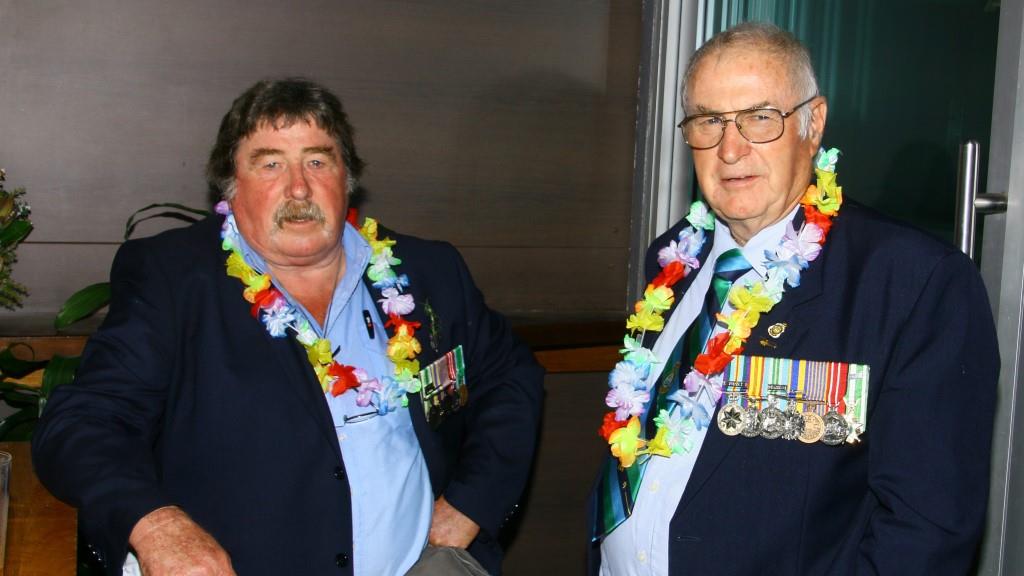 |
||||||
|
Allan Pickering, Whisky Carter.
|
||||||
|
Ben Nielson, Doug Stonehouse.
|
||||||
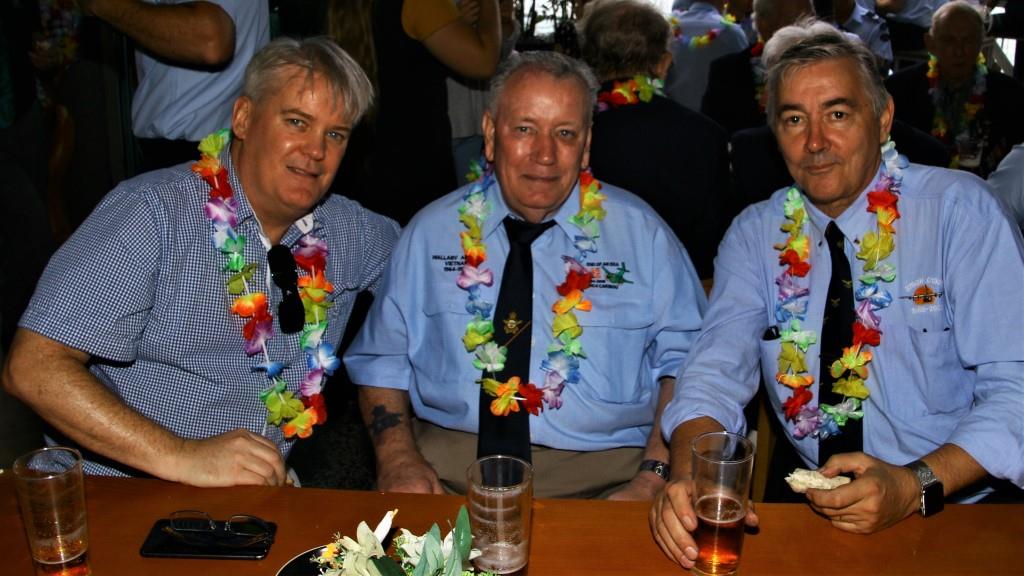 |
||||||
|
Ben Rearson, Ross Wilcox, Bill Luyton.
|
||||||
|
Chris Greenwall, Ben Strong, Raba Nona.
|
||||||
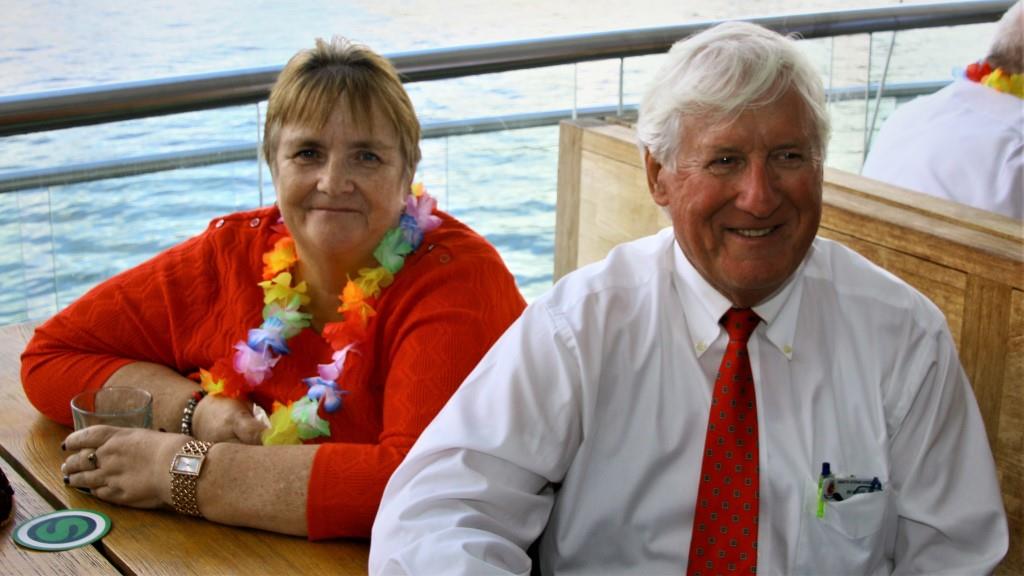 |
||||||
|
Colleen Gidley, Bill Krause.
|
||||||
|
John McDougall, the RTFV-35Sqn Association President, welcomed everyone to the afternoon and thanked the sponsors for contributing to the Association.
|
||||||
|
||||||
|
|
||||||
|
|
||||||
|
|
||||||
|
Aaron Freney, Myles Fenoglio, Chris Greenall, David Kelly.
|
||||||
|
David Kelly with his young bloke.
|
||||||
|
Darryl Holden, Jenny McIntosh, Dick Marman.
|
||||||
|
|
||||||
|
Dennis Roles, John Lunn.
|
||||||
|
Ian Oxborrow, Steve Keale, Ken Bishof
|
||||||
|
Some of the revellers.
|
||||||
|
|
||||||
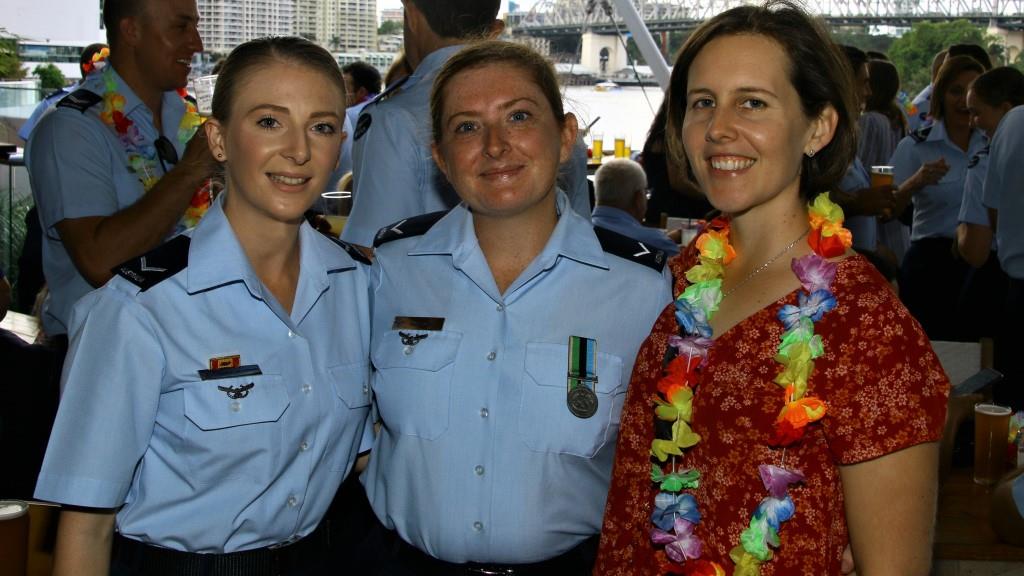 |
||||||
|
Jessica Woodyard, Kristy Watson, Katie Brander.
|
||||||
|
|
||||||
|
John Donohue, Wally Jolley
|
||||||
|
John McDougall with his lovely daughter Karinne Cilento.
|
||||||
|
Douggie Linnett, Renae Halley, Steven "Rabbit" Burrows., Ben Poxon, Shaunn Segon, Andrew Burgess, Benjamin Calman.
|
||||||
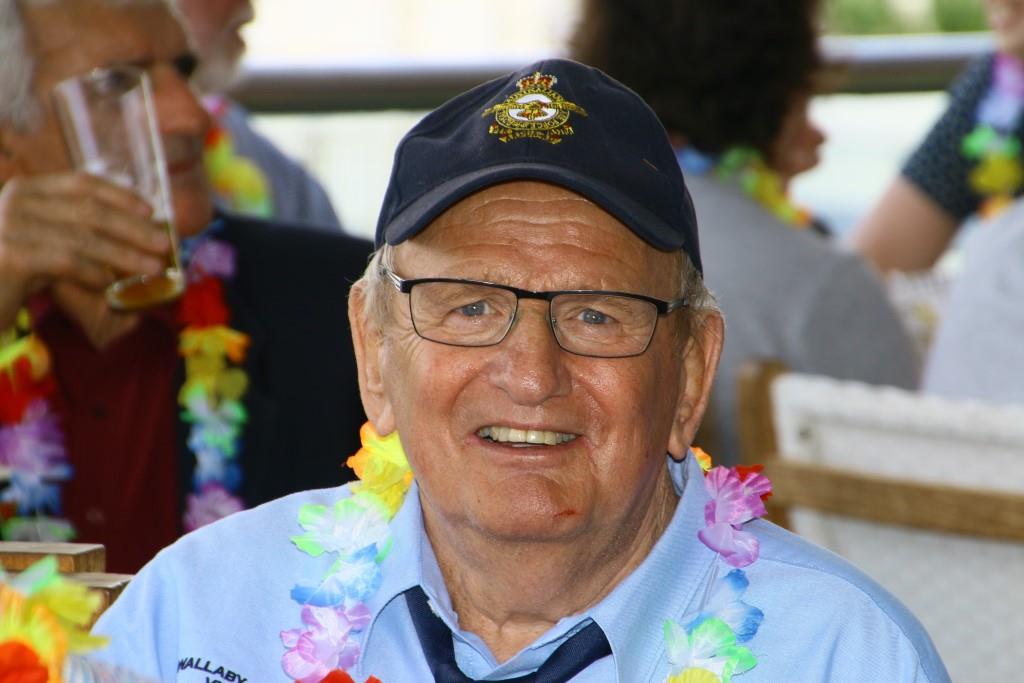 |
||||||
|
Peter DeJonge
|
||||||
|
Keith Kinch, Simon Deguara.
|
||||||
|
Ray Bennett, Cath Doyle.
|
||||||
|
John Broughton, Dave McCarey, Sue Trimmer.
|
||||||
|
Ros Rossi, Phillip Chamberlain.
|
||||||
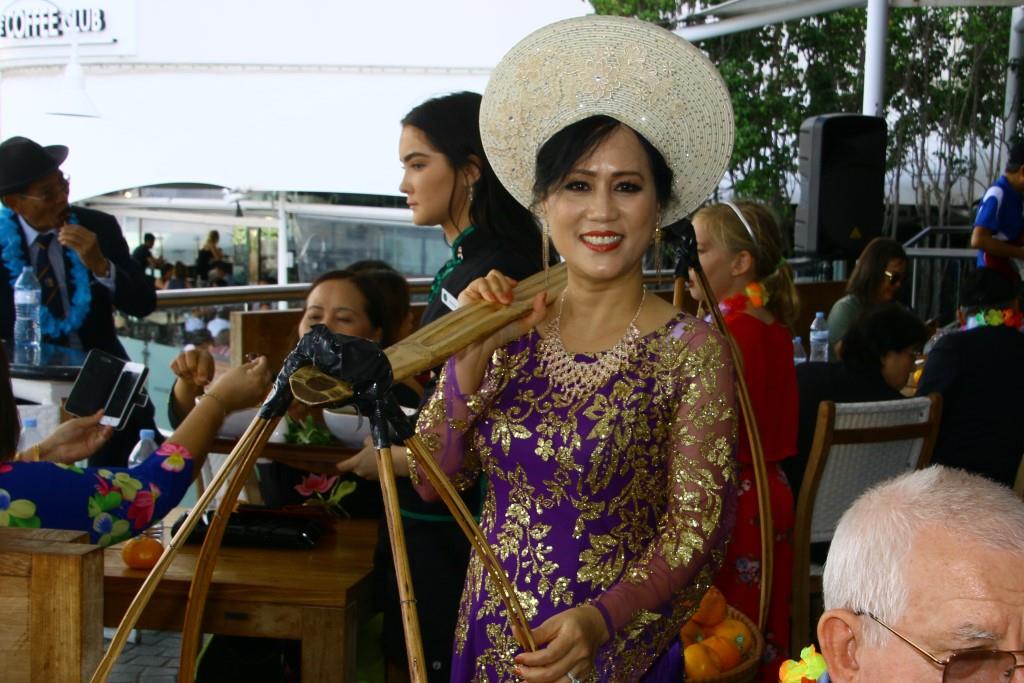 |
||||||
|
And while the drinks, the food and the fibs flowed freely, the lovely Thien Khuong handed out mandarins for everyone.
|
||||||
|
|
||||||
|
These lovely girls, Thien Khuong, Tuyet Van and Kim Oanh, had several costume changes during the afternoon and here entertained the troops with a colourful national dance.
|
||||||
| Ted Mac, who still has an eye for a pretty girl(s) took some video, he sent it to us, click the pic below | ||||||
|
|
||||||
|
|
||||||
|
John Sambrooks, Emily Renshaw, John McDougall.
|
||||||
|
Ted McEvoy and Jack Bennett.
|
||||||
|
Ted Strugnell and his lovely daughter Shan.
|
||||||
|
Troy Reeves, Taylor Moore.
|
||||||
|
Pete DeJonge, Elizabeth Goopy, someone has to look after the old bloke!
|
||||||
|
Late in the afternoon, as the vets started to slow down, those in uniform were just starting to hit their straps.
Oh to be young again!!!
|
||||||
|
|
||||||
|
||||||
|
|
||||||
|
ANZAC Day in Sydney.
|
||||||
|
Group photo of the 37SQN Association contingent at the Sydney Anzac Day March, led by GPCAPT Bryan ‘BDH’ Harris OAM, former CO 37SQN 1981-83, CDRALG 1989-91.
Unfortunately, again this year, Association members were segregated from current serving members resulting in our veterans getting to The Establishment 2.5hrs after the serving members had arrived.
The Sydney opera House was lit up by laser.
|
||||||
|
|
||||||
|
|
||||||
|
ANZAC Day in Perth. Some of the WRAAFs that marched in Perth. |
||||||
|
|
||||||
|
|
||||||
|
ANZAC Day in Scotland 2019
|
||||||
|
||||||
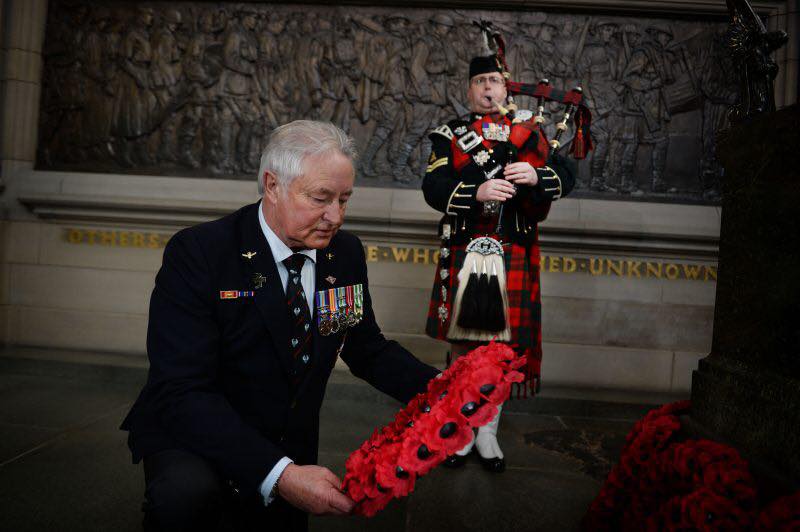 |
||||||
| Edinburgh Castle 100 years ago, 1914 - 1919 | ||||||
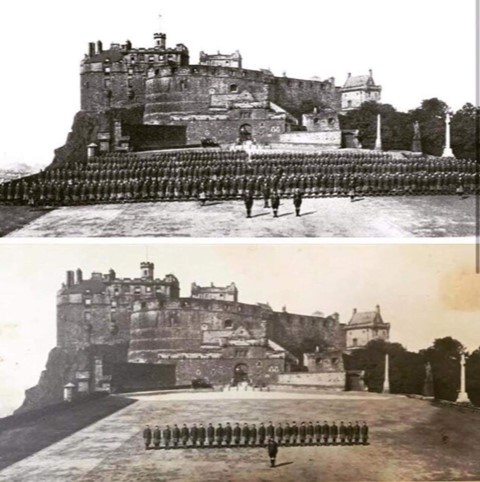 |
||||||
|
With Anzac Day here, please look at the two incredibly poignant photos above! These have got to be two of the most powerful photographs which bring home the incredible waste of a nation's fit, young and healthy man-power that results from a useless war. The top photo is a battalion of the Cameron Highlanders in 1914, prior to being dispatched to the front line.
Below that is the same battalion upon their return in 1918 after the Armistice.
Lest we forget!
|
||||||
|
|
||||||
|
ANZAC Day in Darwin 2019
|
||||||
|
||||||
|
|

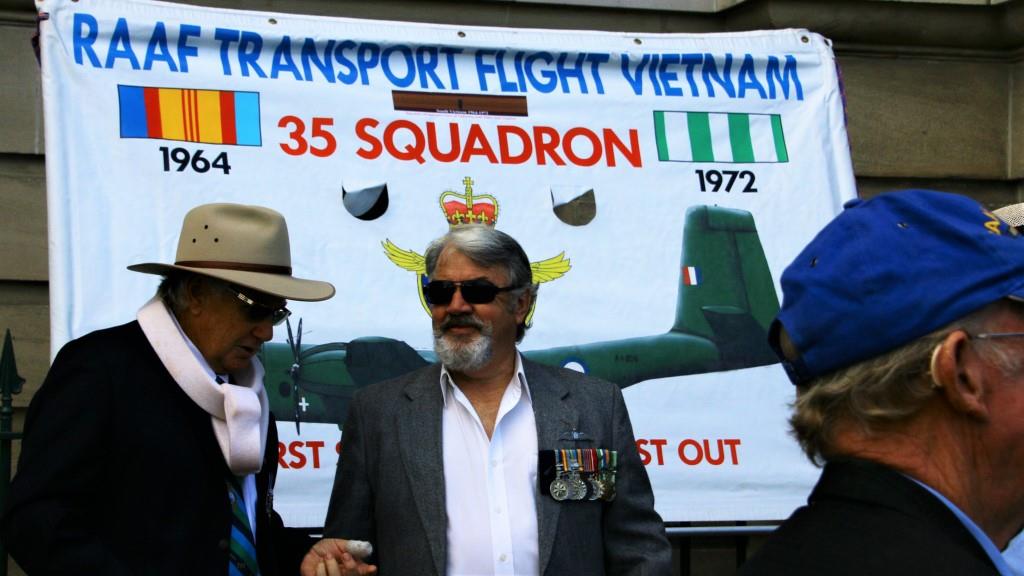
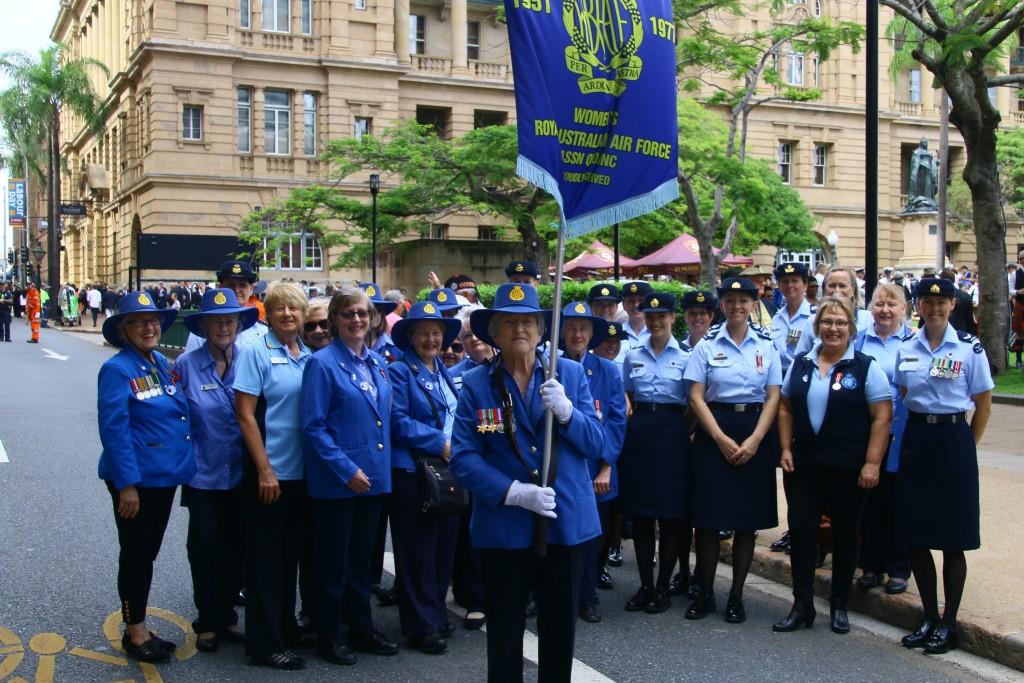
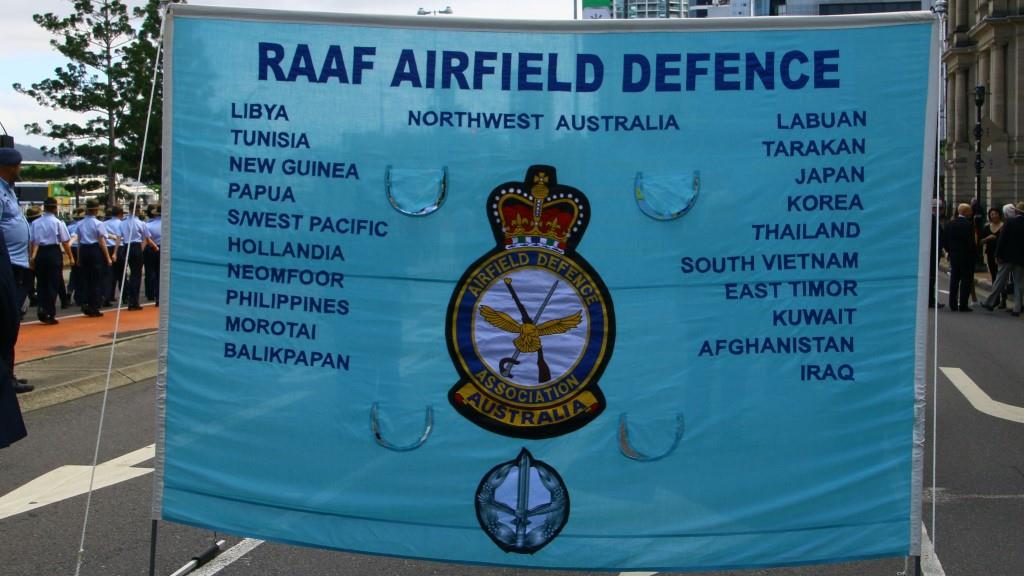
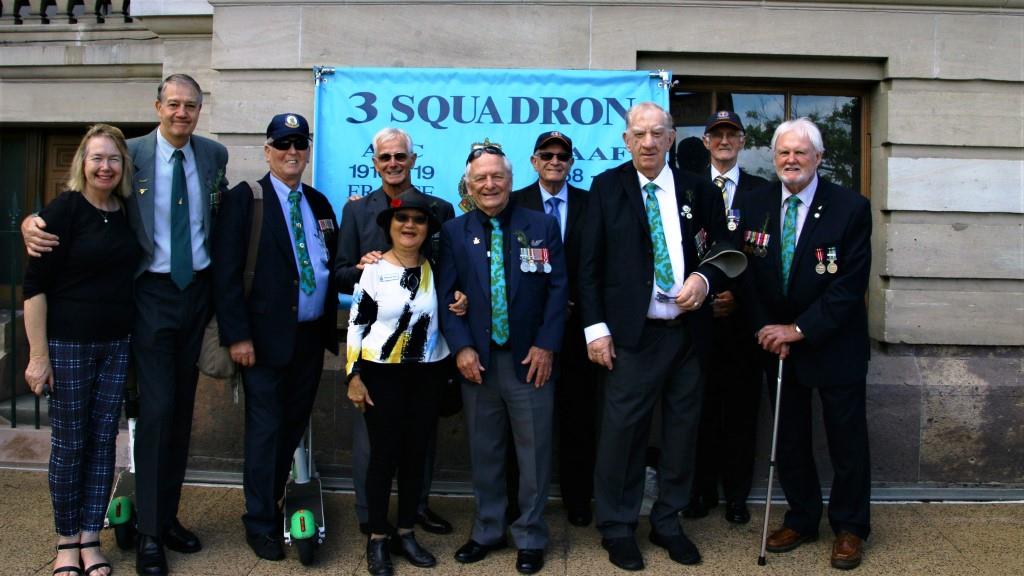
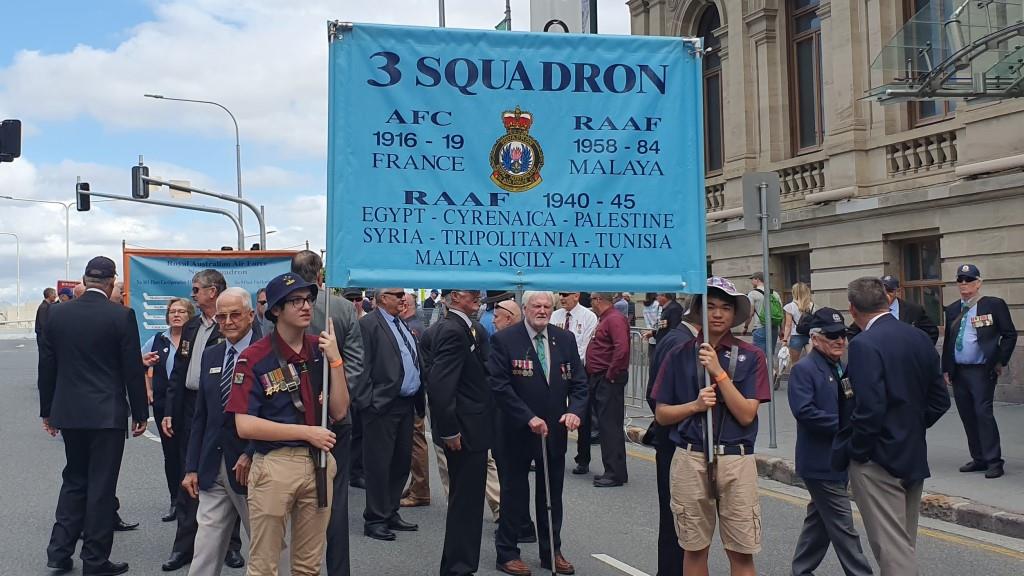
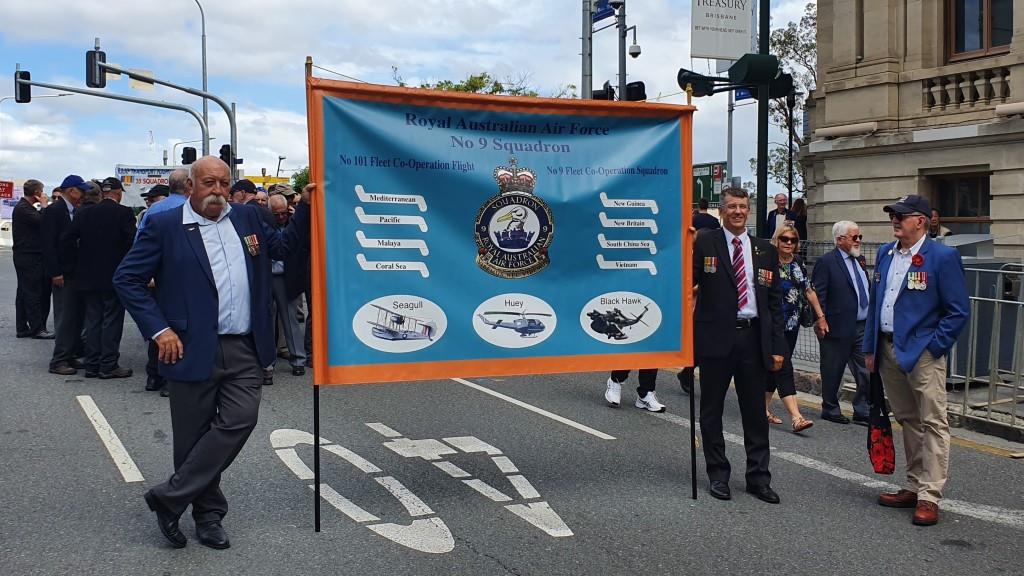
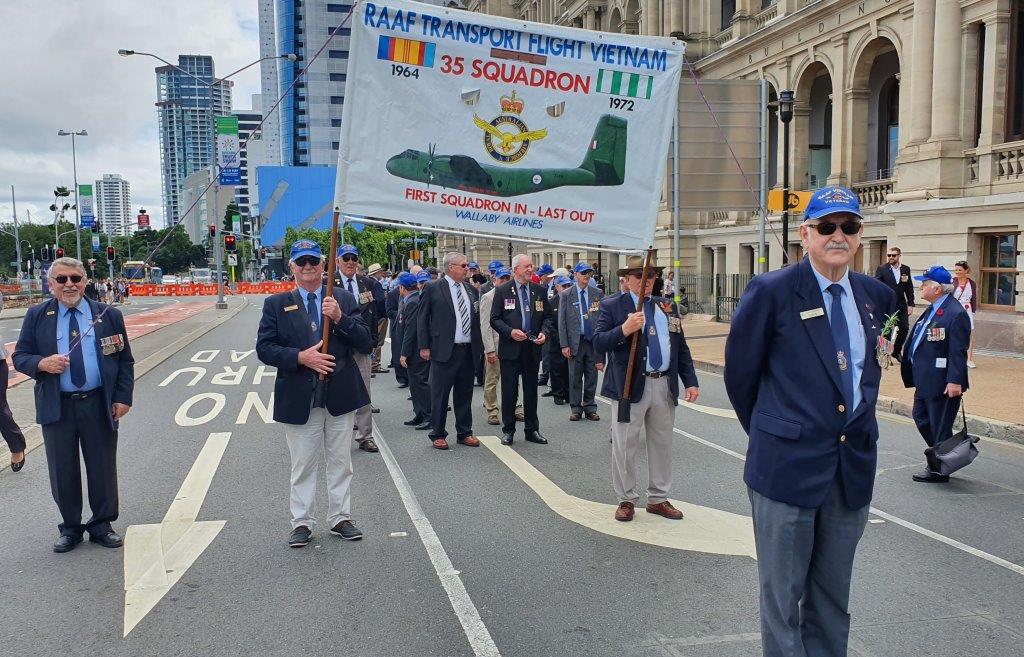

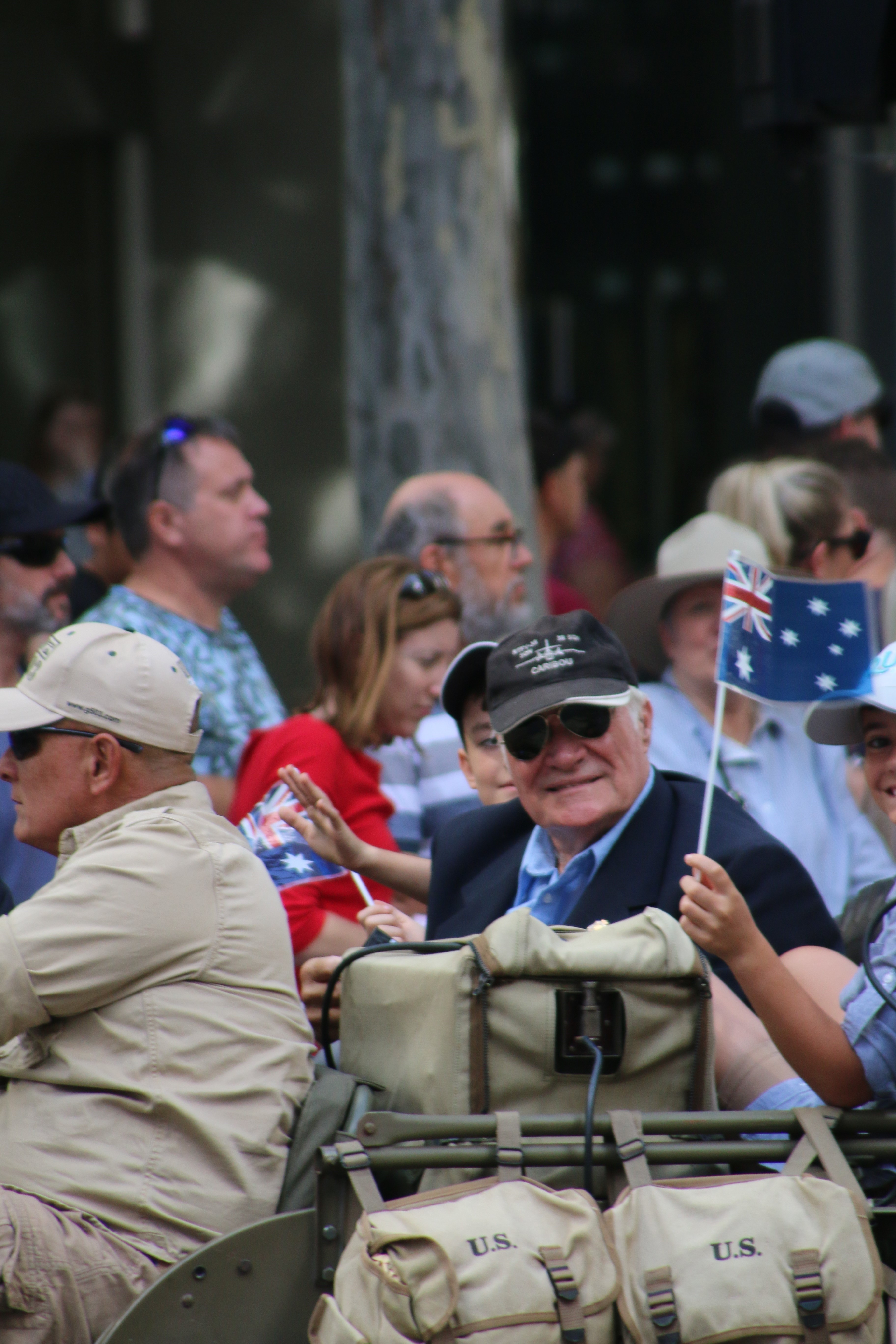
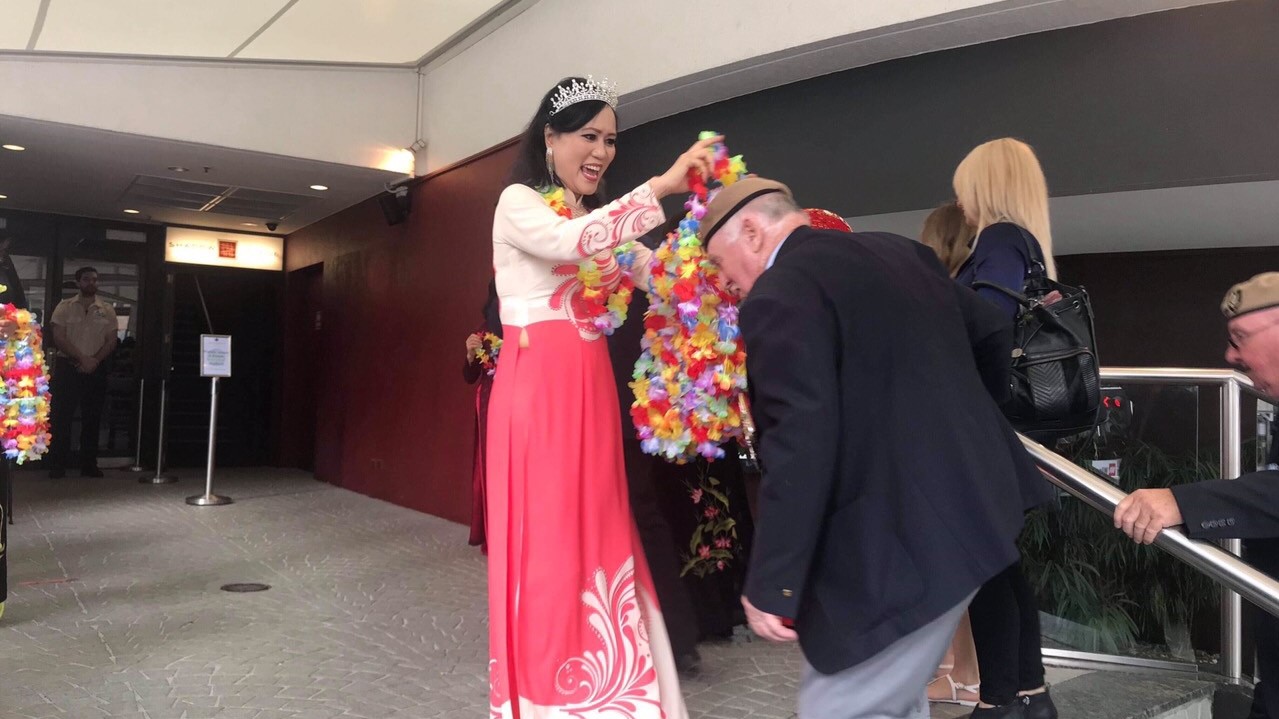
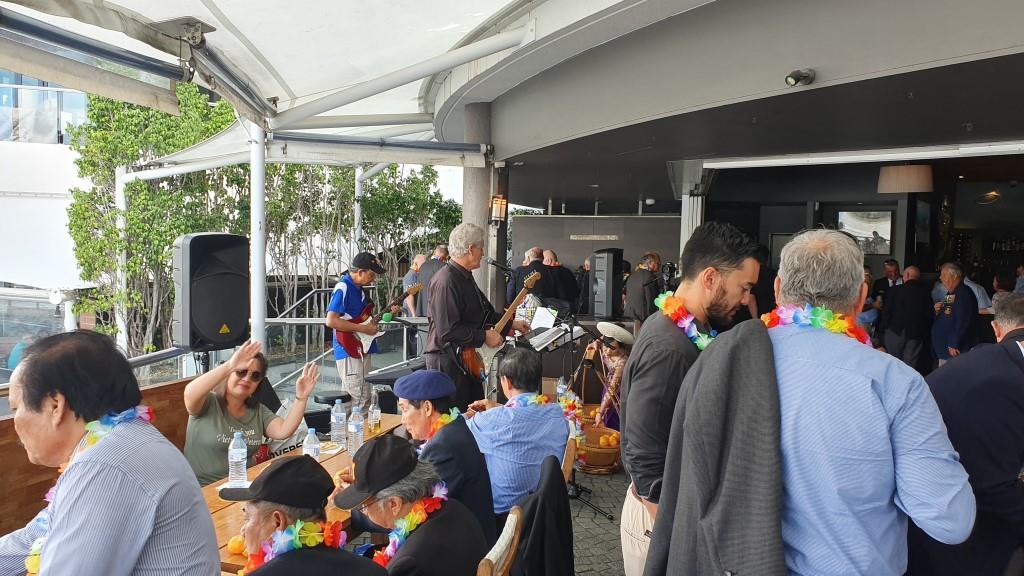
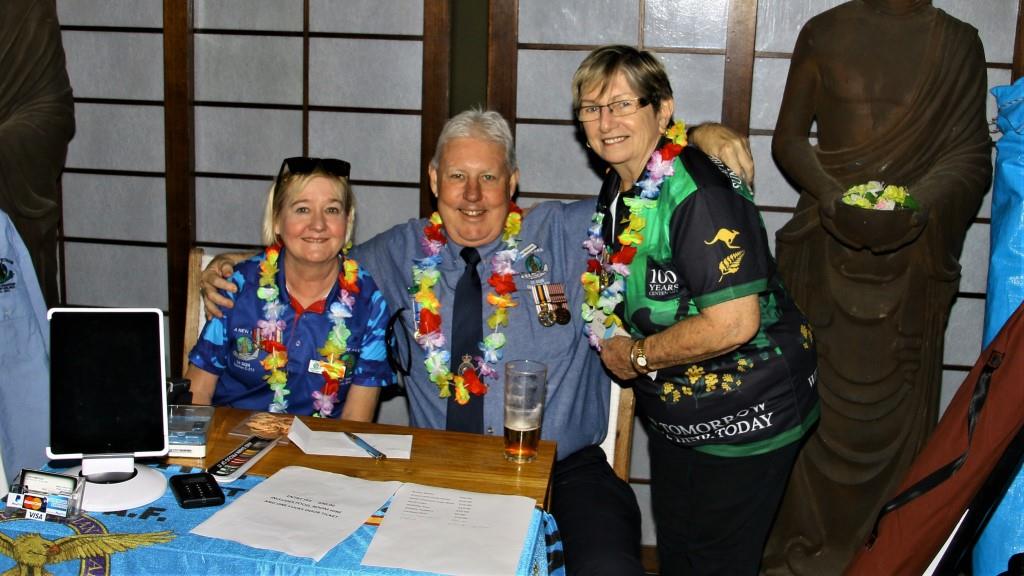
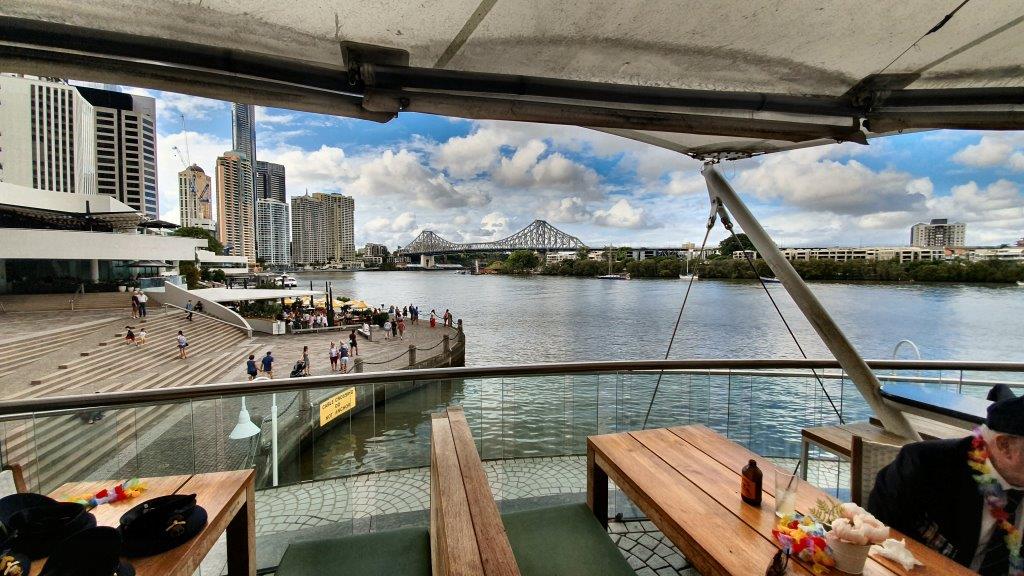
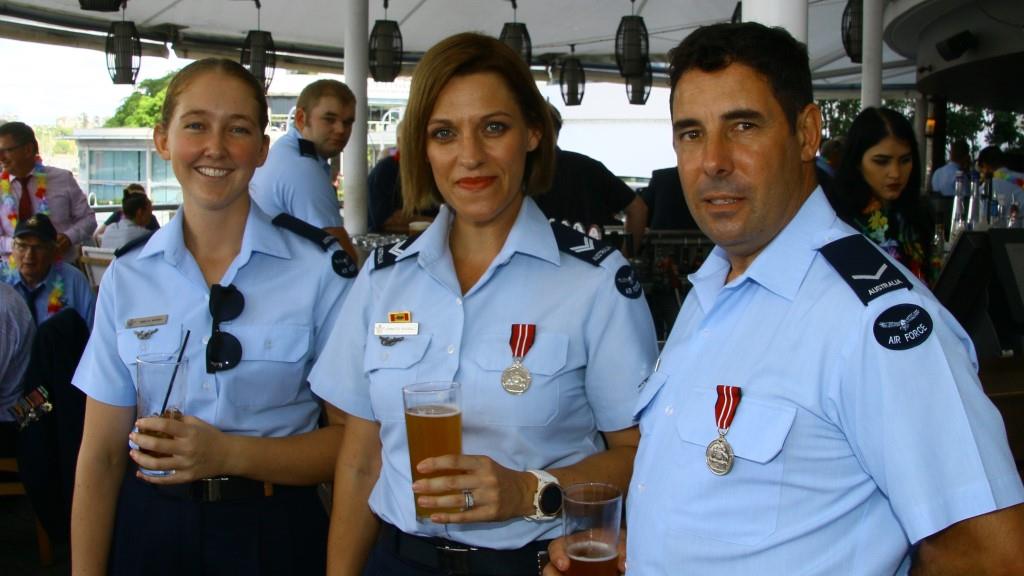
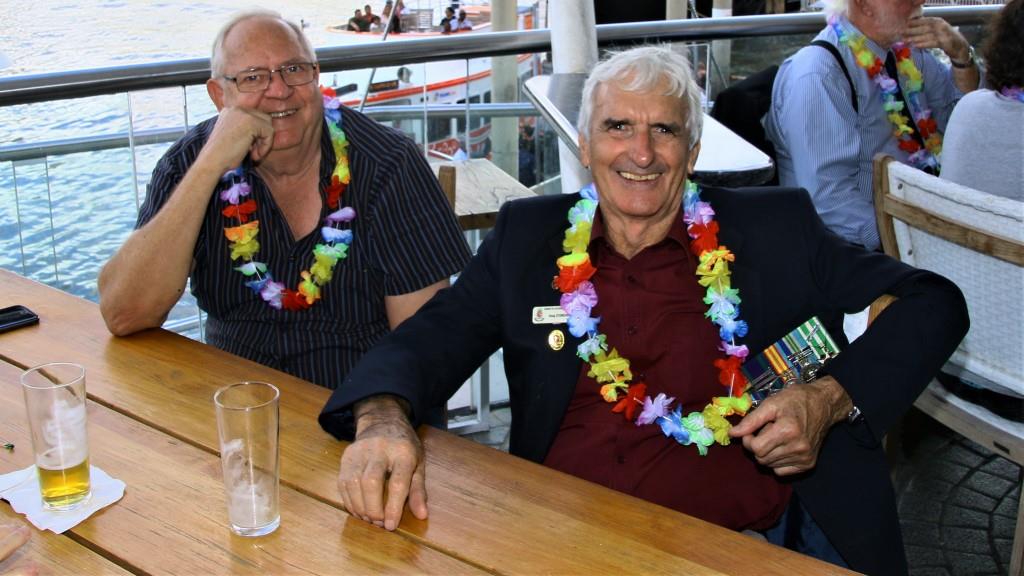
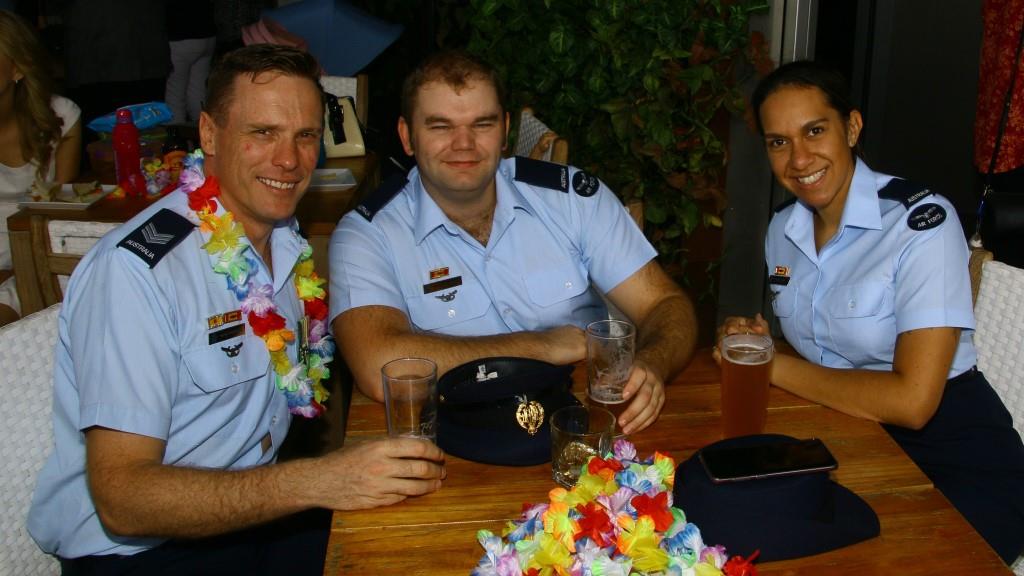
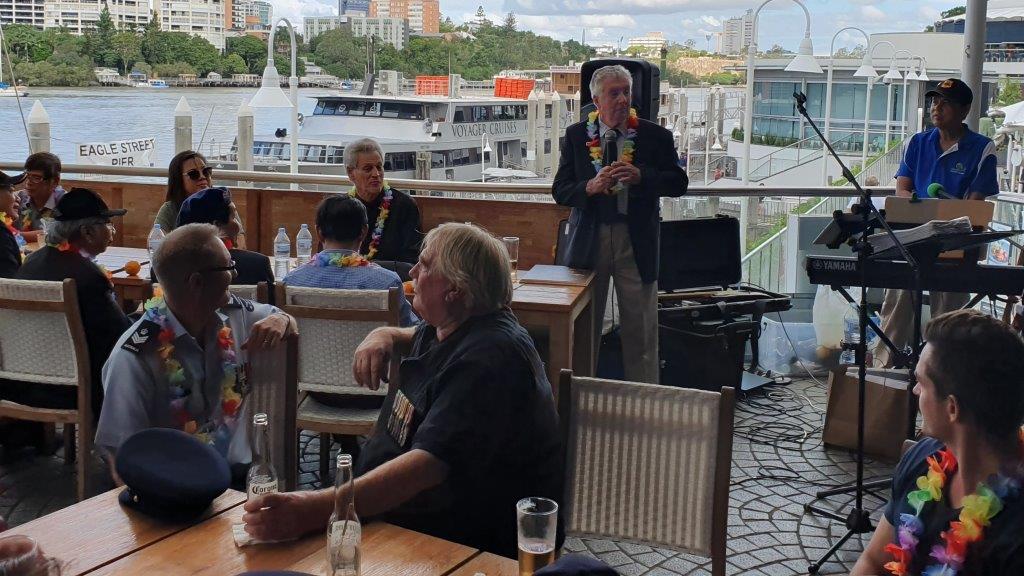
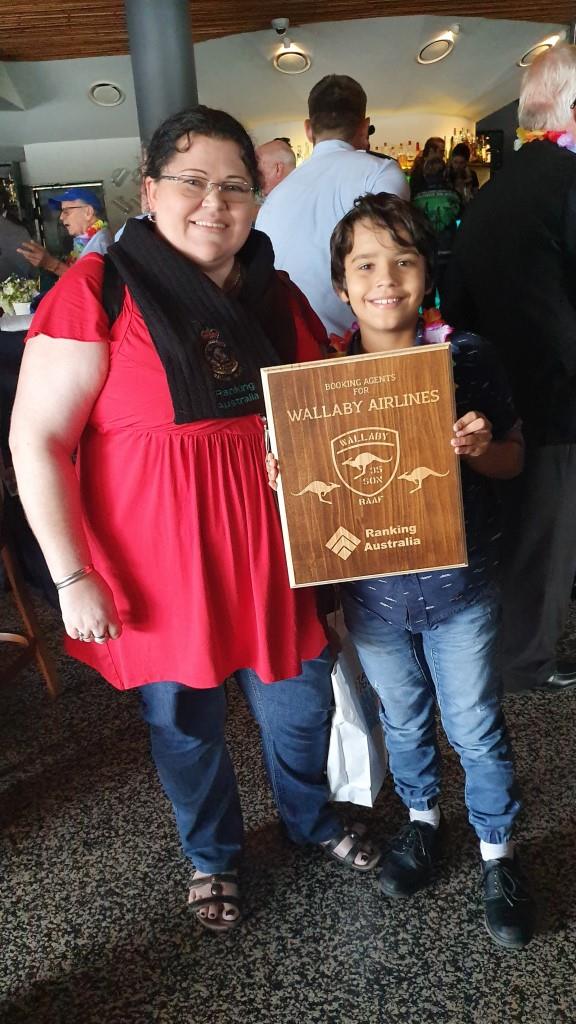
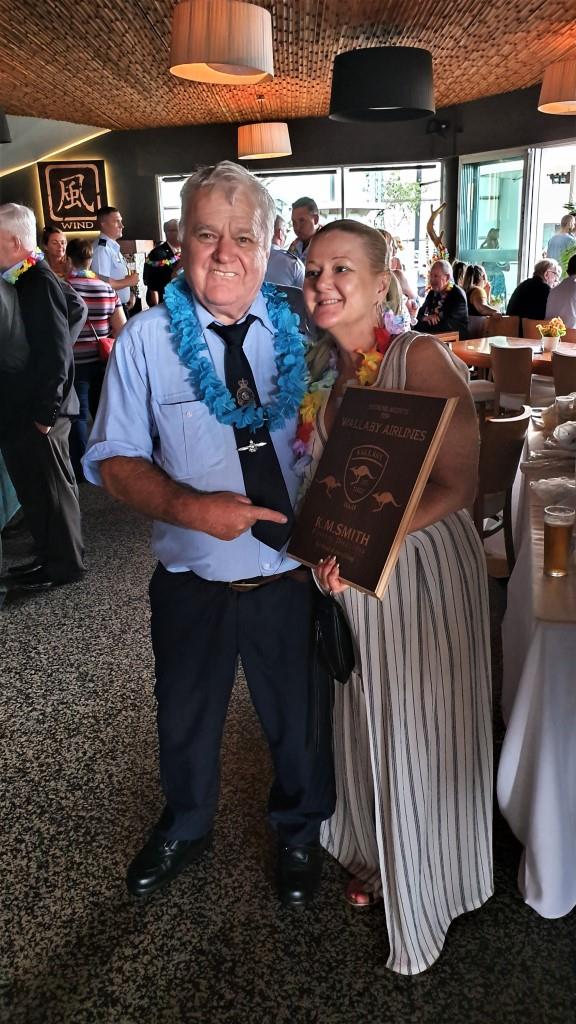
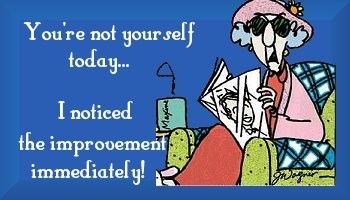
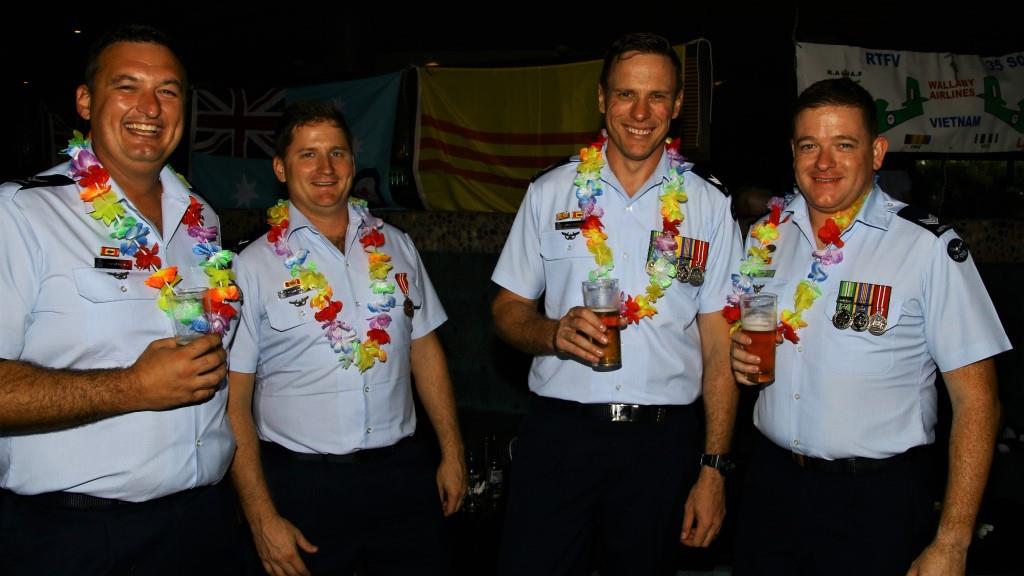
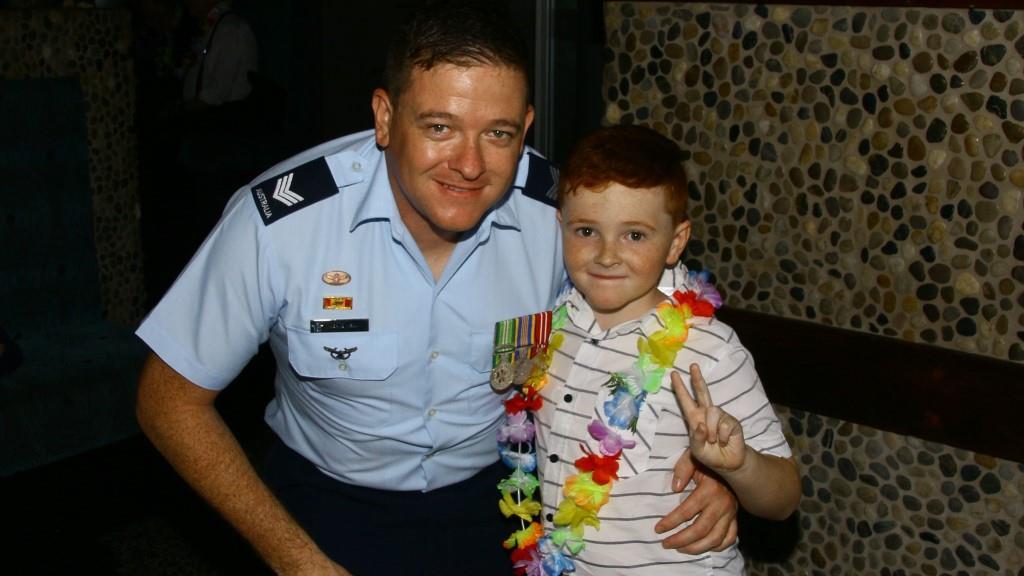
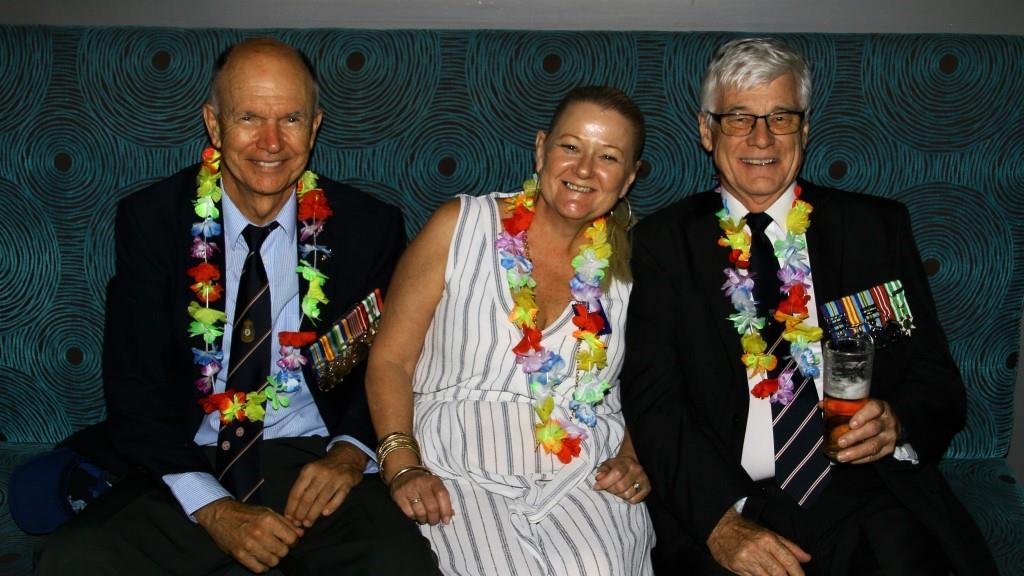
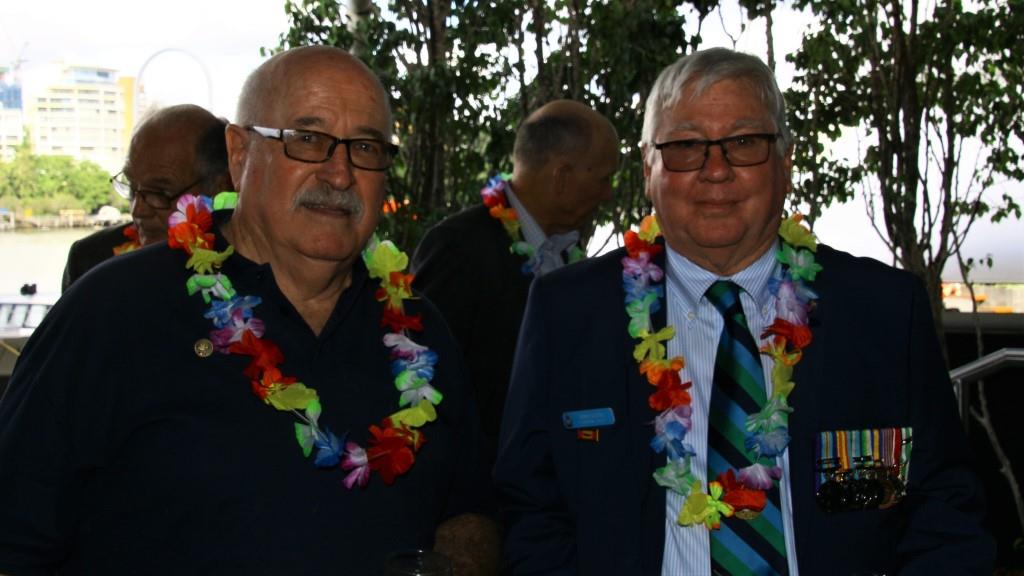
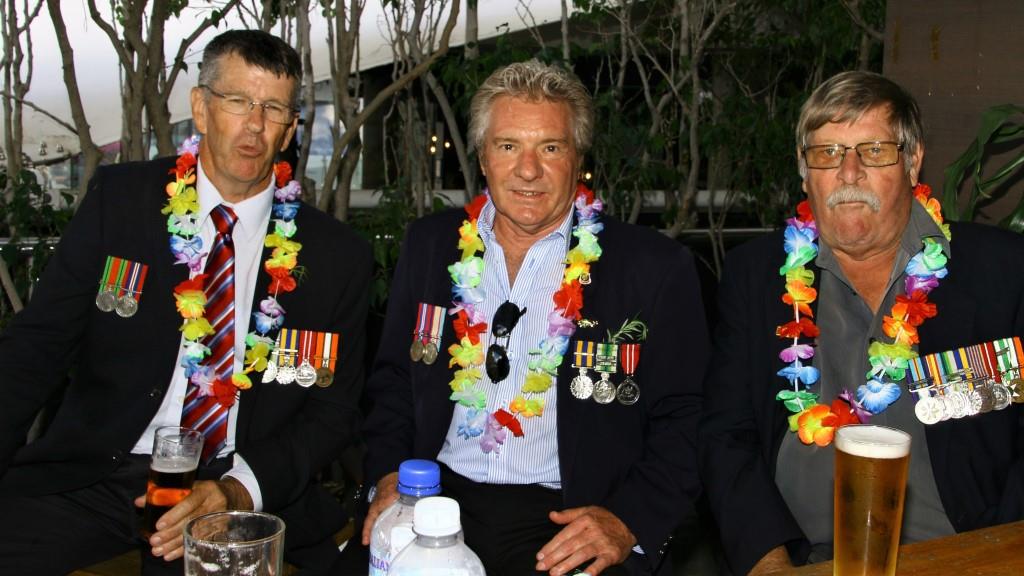
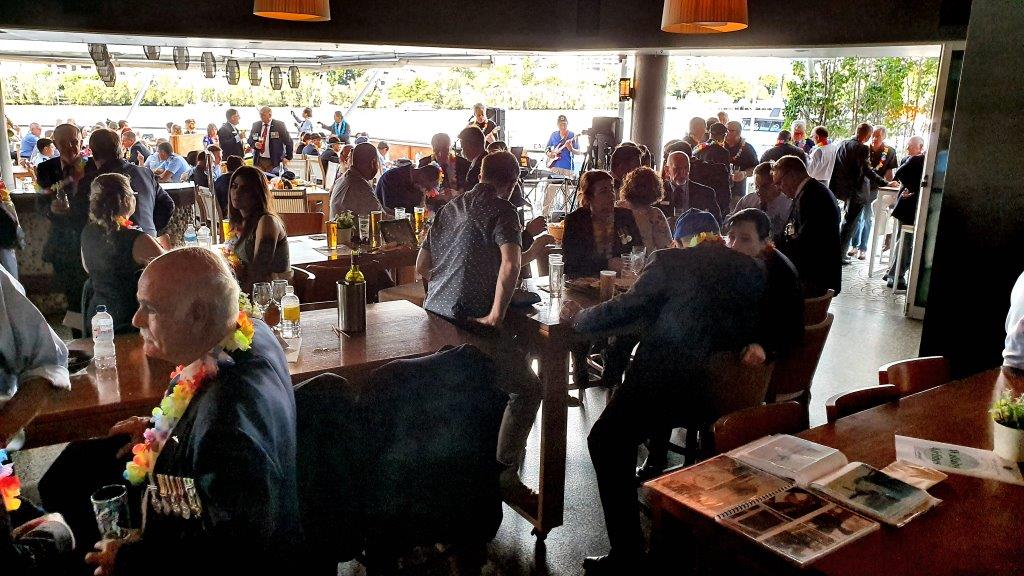
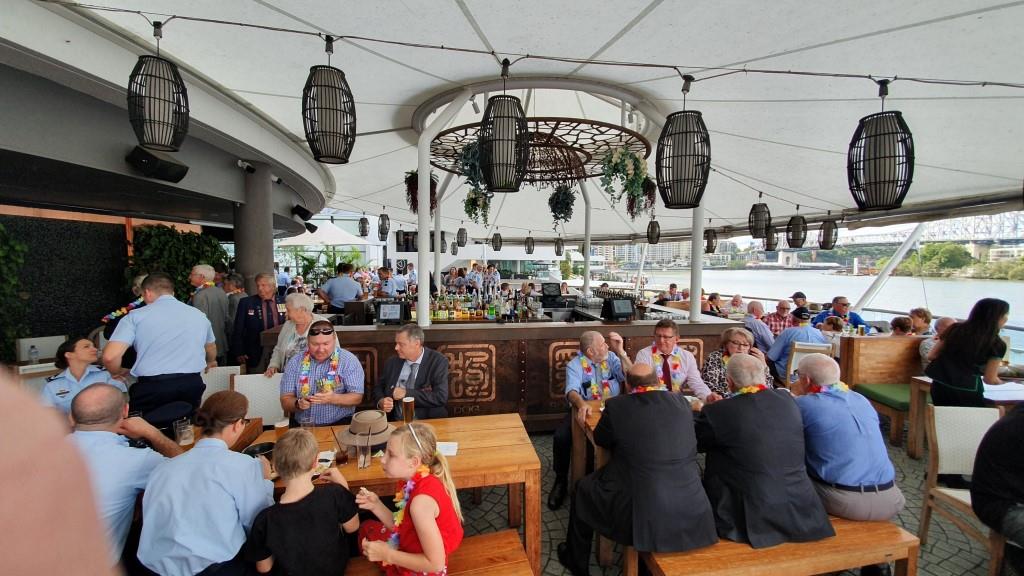
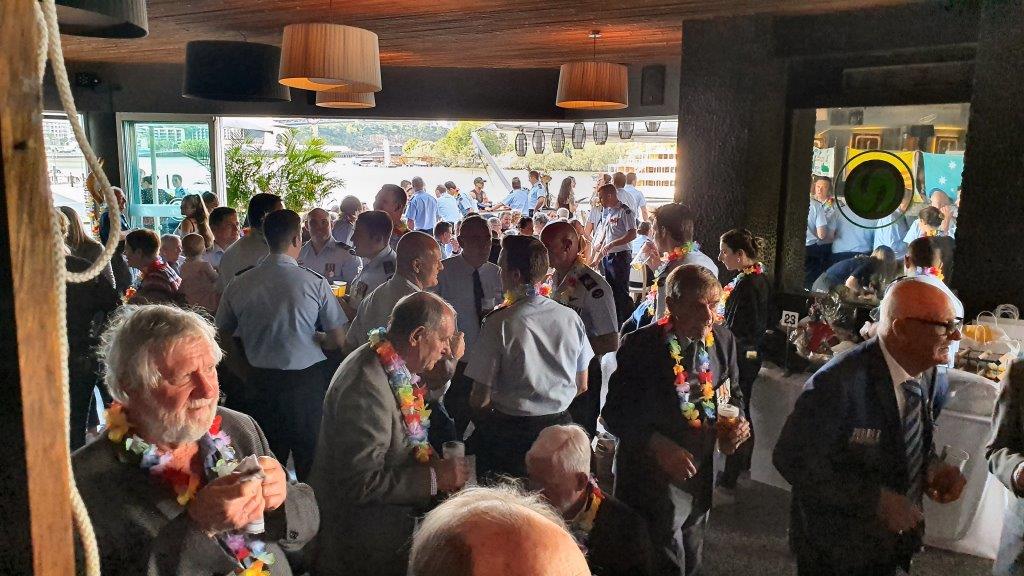
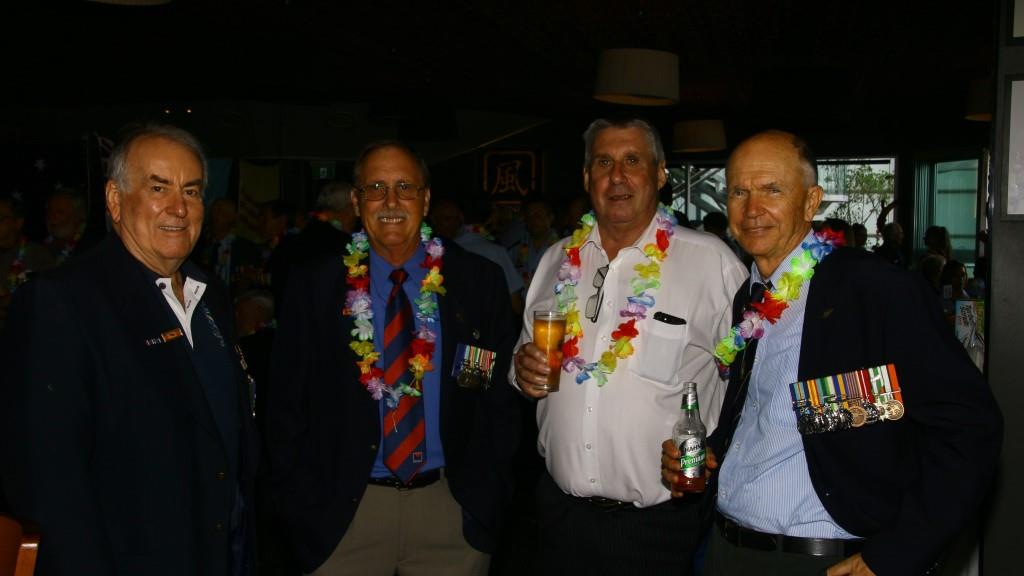
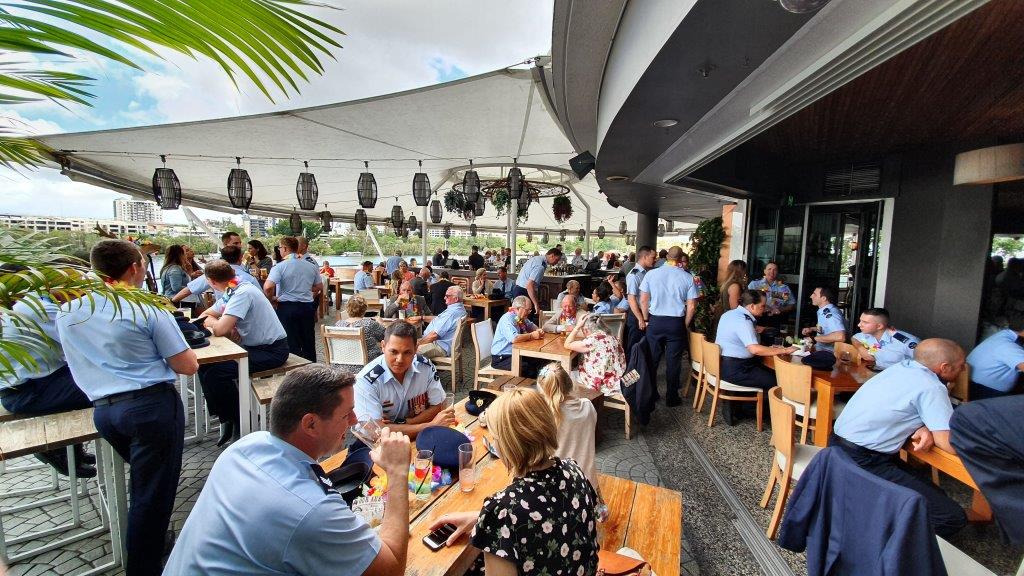
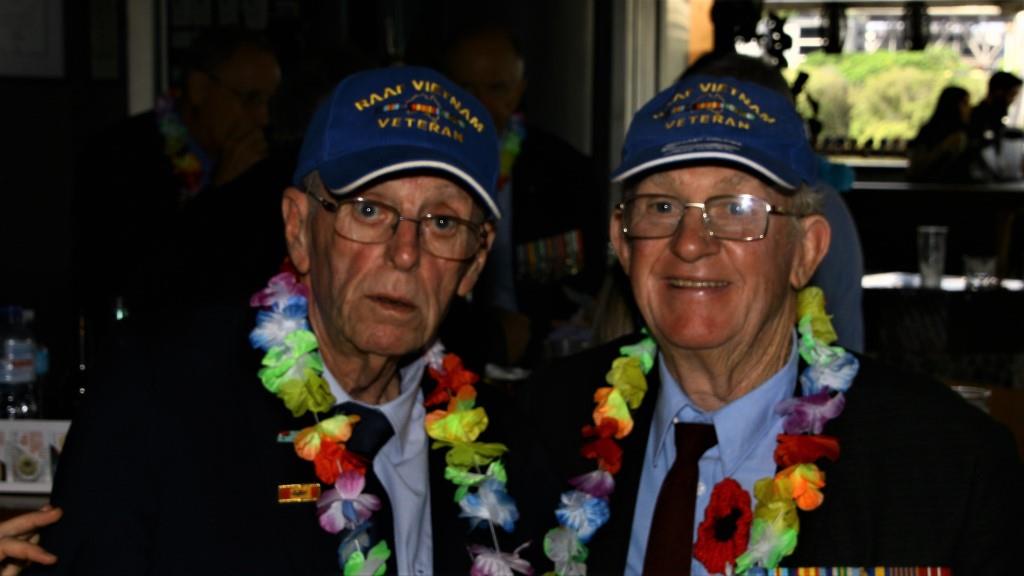
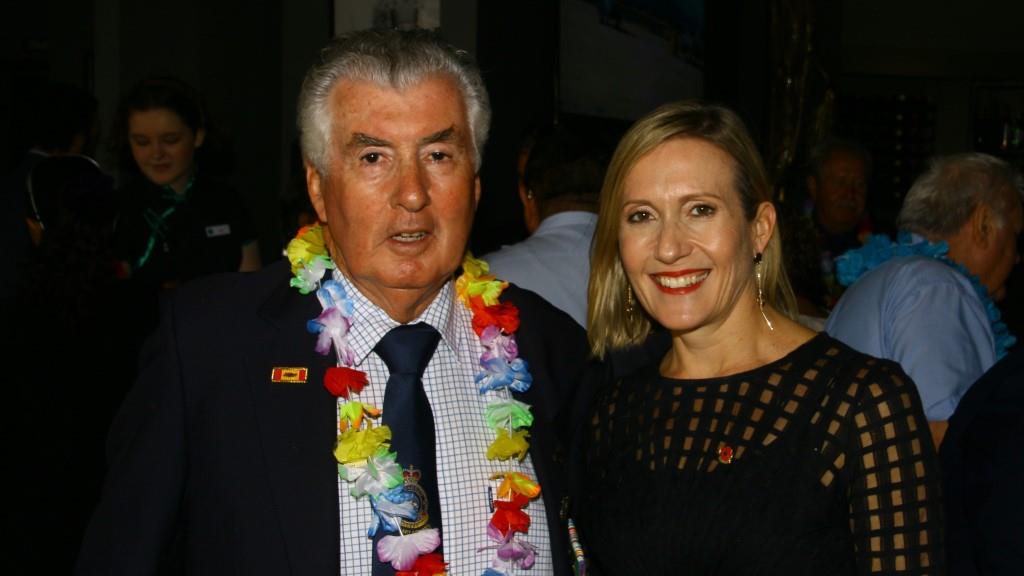
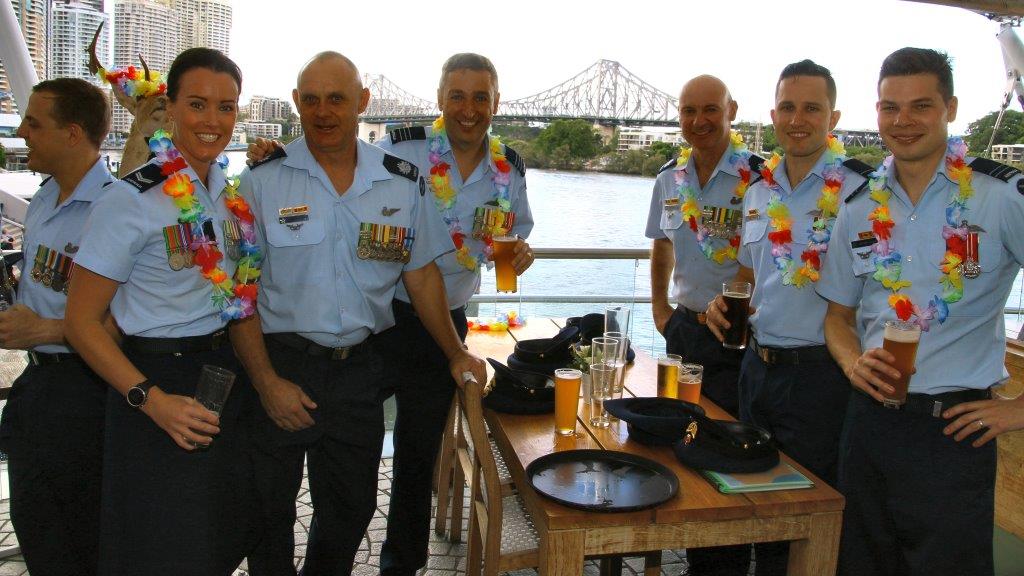
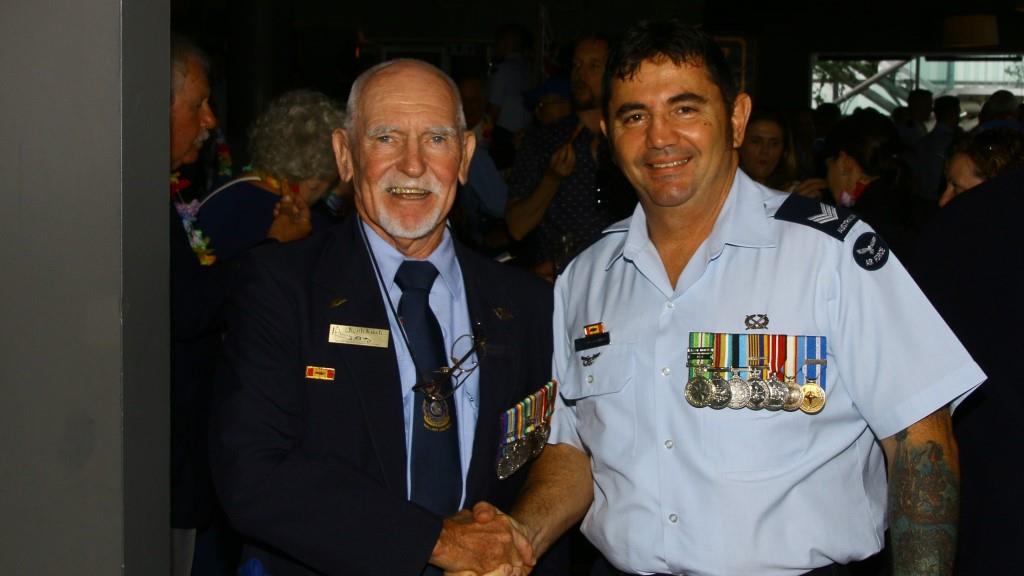
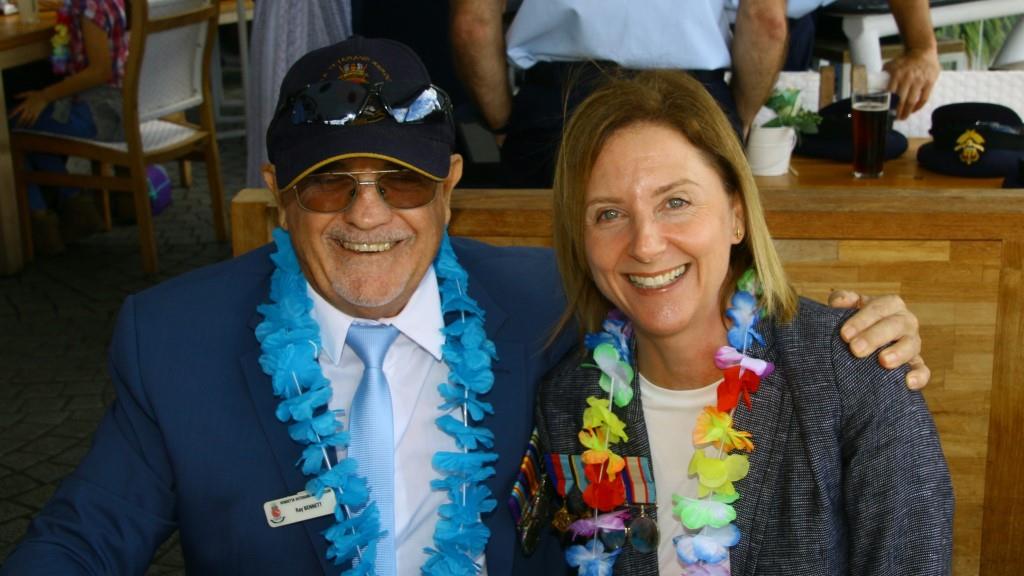
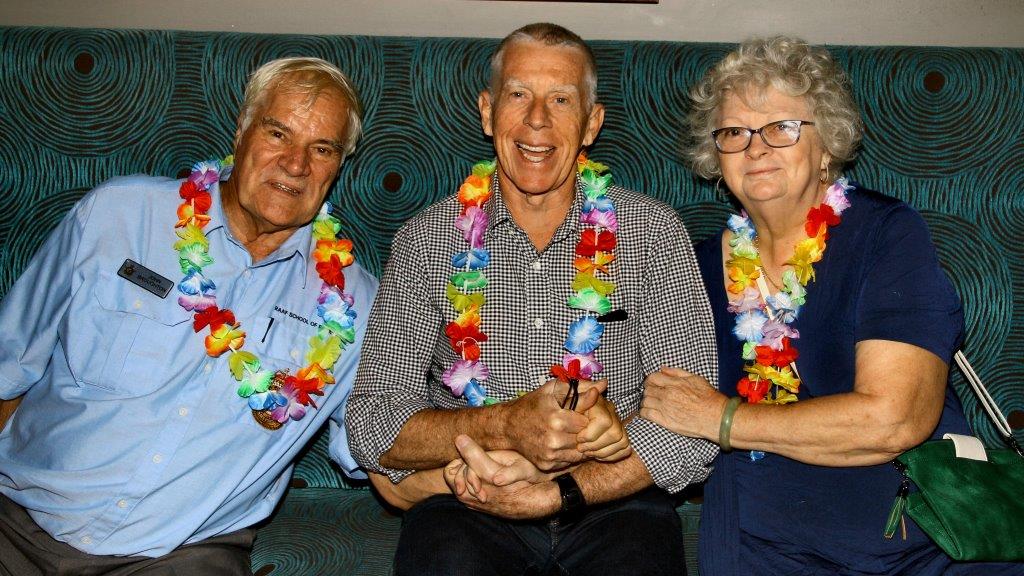
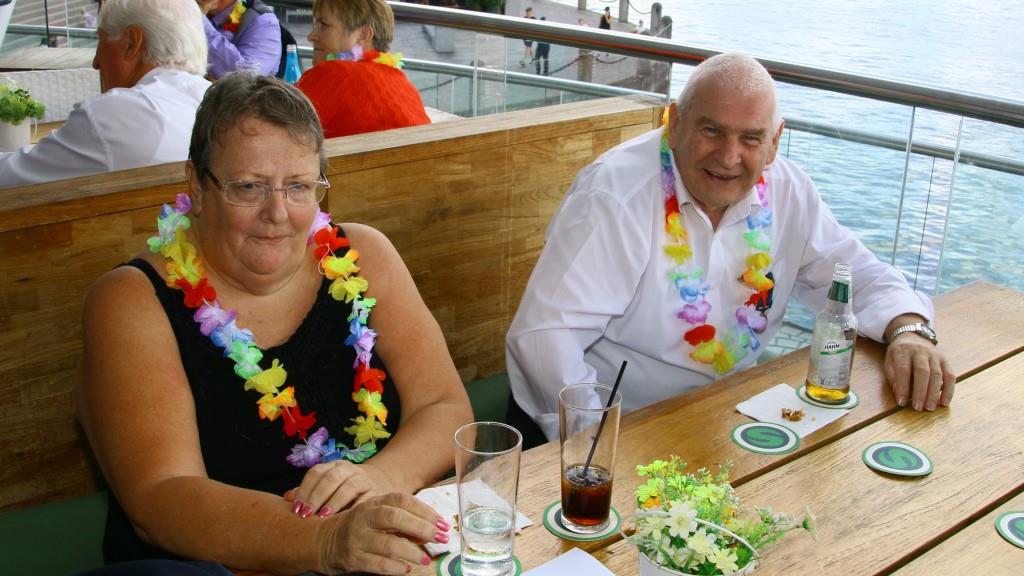
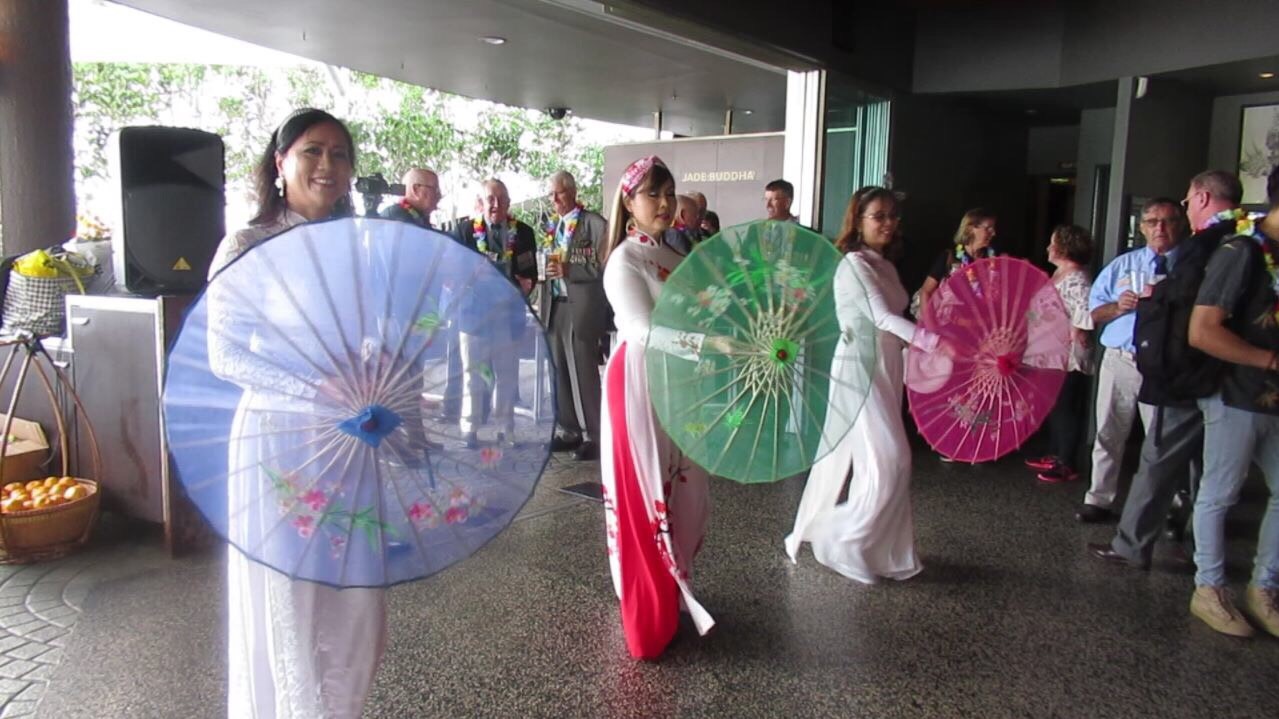
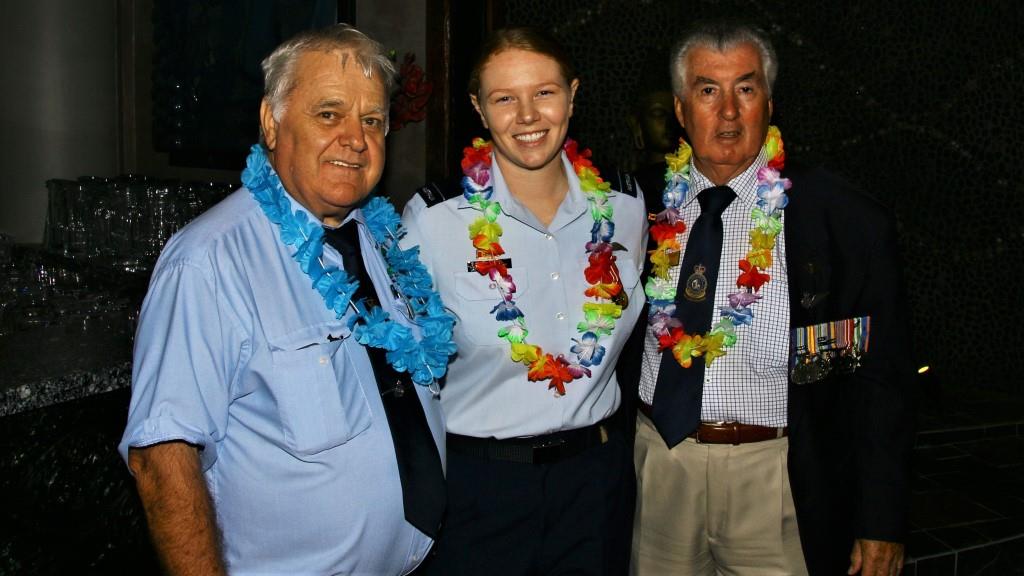
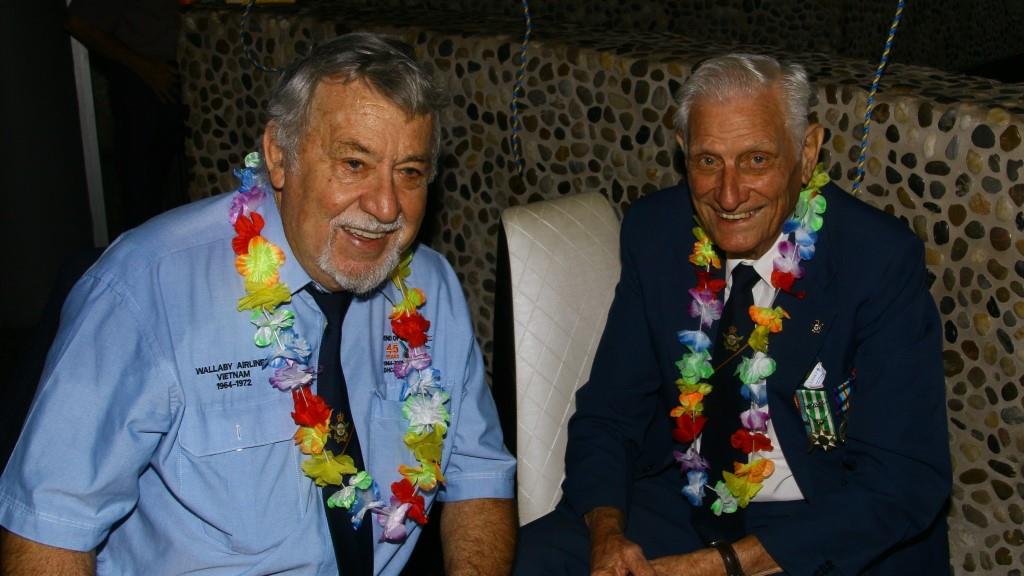
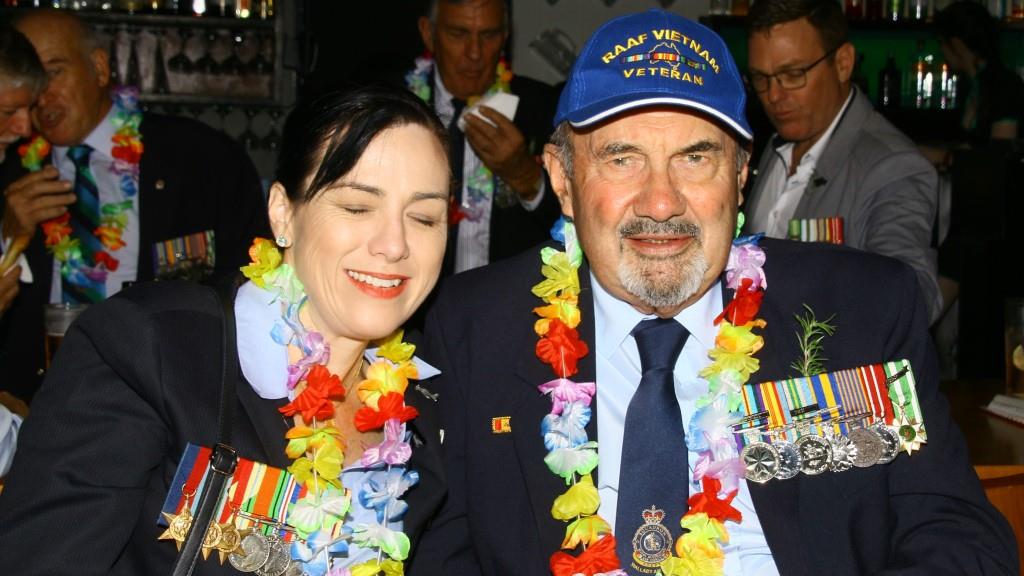
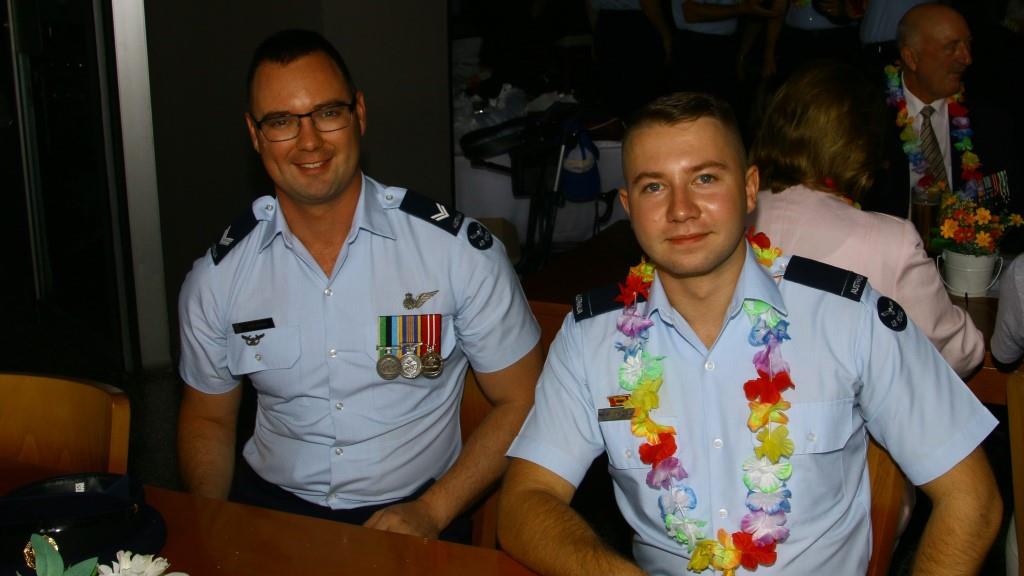
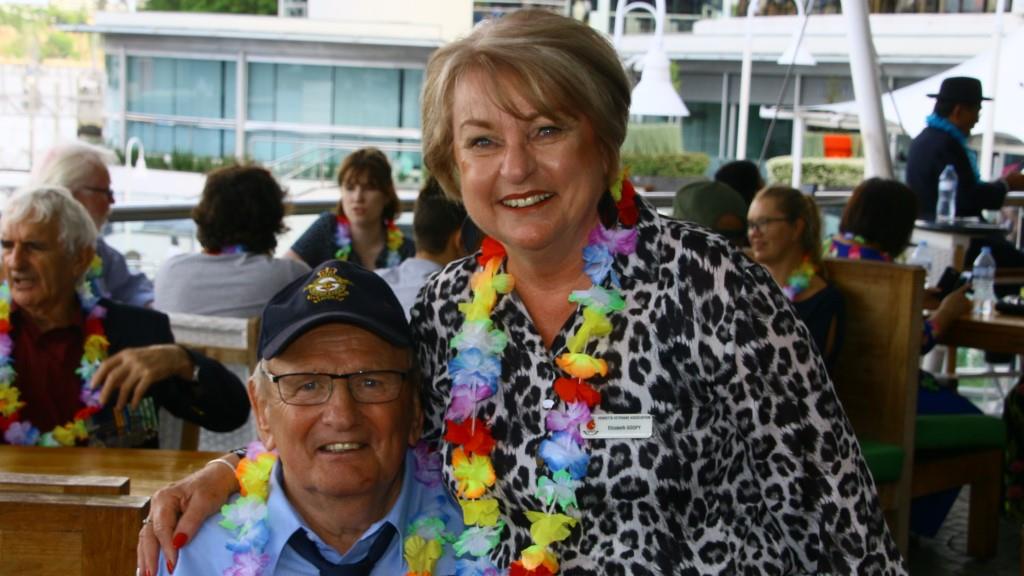
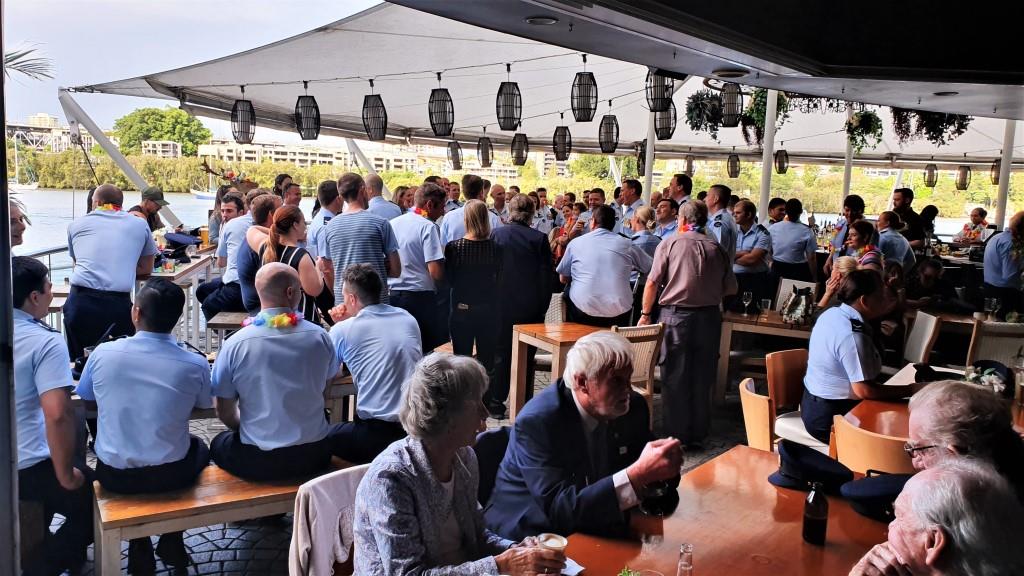
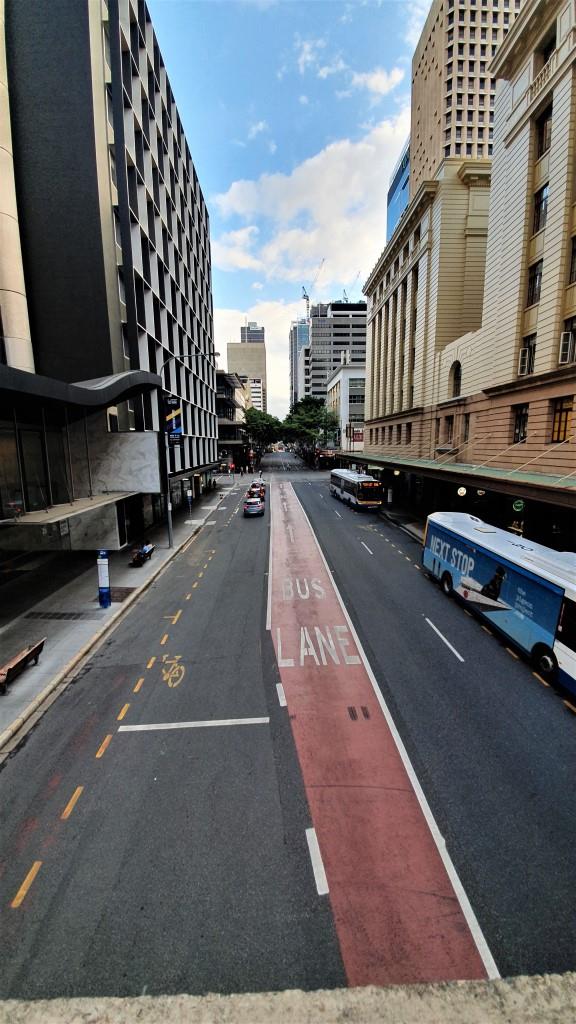
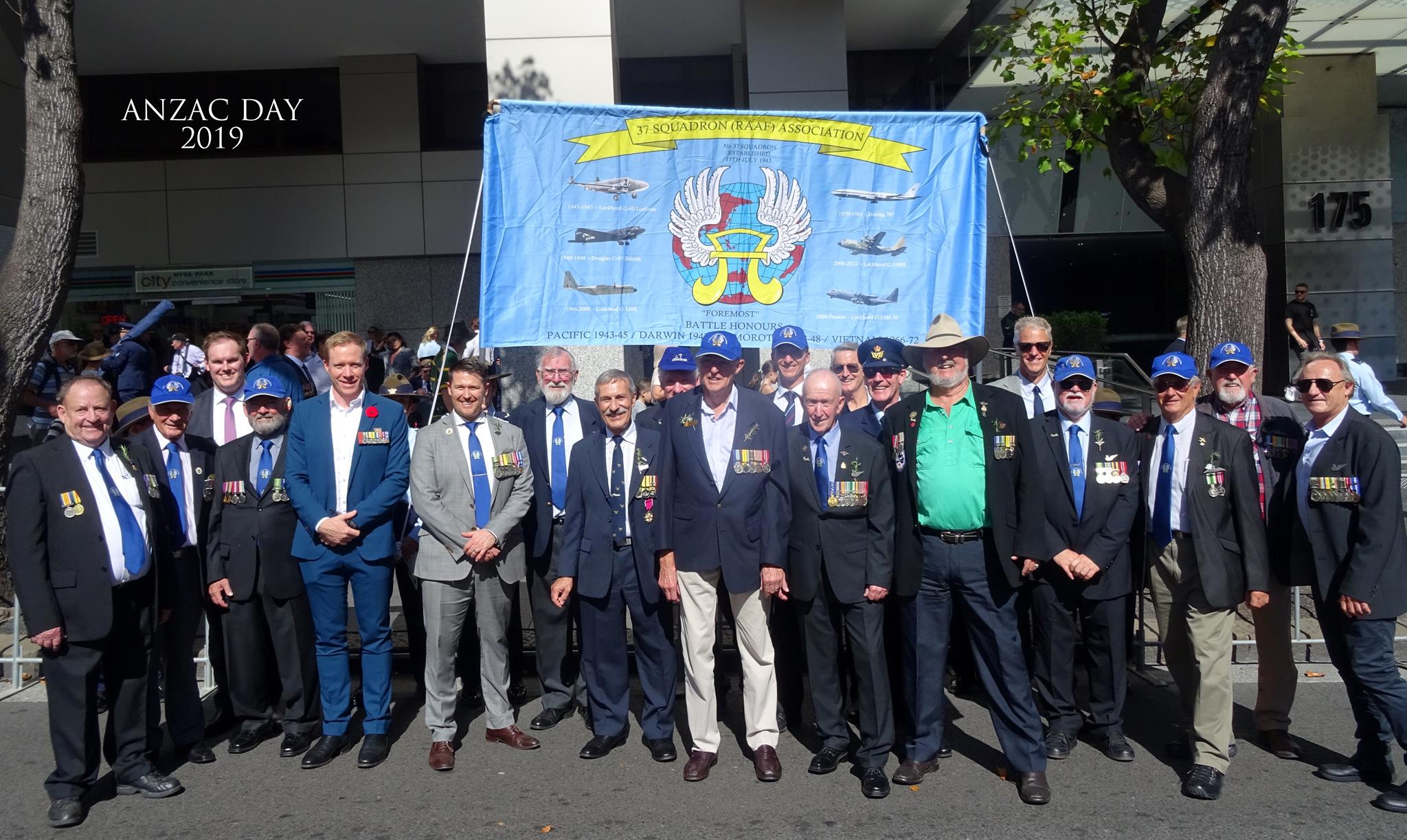
%20a.jpg)
